Artist Natsumi Hayashi came to prominence after she started her ‘Today’s Levitation’ series on her Yowayowa Camera Woman Diary blog at the beginning of 2011.
Her new exhibition is currently running at Aoyama’s Spiral Garden in Tokyo. For this exhibition she visited Wacoal’s factory in Vietnam and shot new “levitating” photographs. If you’re only used to seeing her work online, you’ll be overwhelmed by the scale of the new work by Hayashi for this exhibition, which is nine meters wide and hangs in the sixteen-meter high atrium of Spiral Garden.
PingMag popped along to Aoyama to speak with the artist about her second solo exhibition and work.

Today’s Levitation: Vietnam Wacoal Corp., Bien Hoa, Vietnam ©Natsumi Hayashi, Courtesy MEM
 First of all, congratulations on a really great exhibition!
First of all, congratulations on a really great exhibition!
 Thank you very much.
Thank you very much.
 How did this current show come about?
How did this current show come about?
 We could make it happen with the support of the brand une nana cool. Originally, the concept at the core of my work is “ichi-go ichi-e” [a Japanese cultural term that translates roughly as “once in a lifetime”] and up till now I’ve been making work that places importance on just moments and landscapes that I encounter only in my daily life, but this time I first of all considered how I could effectively reflect the chance to exhibit work in this venue. As you know, the parent company of une nana cool and Spiral is Wacoal, a women’s underwear manufacturer. I thought that “levitating” at the place where the people making the clothes would have the same kind of important meaning as the ichi-go ichi-e lighting for instance, that I encounter normally on the streets. After hearing a lot about the brand, I learnt that une nana cool’s products are made in a factory in Vietnam, and so I requested to go and make my photographs there.
We could make it happen with the support of the brand une nana cool. Originally, the concept at the core of my work is “ichi-go ichi-e” [a Japanese cultural term that translates roughly as “once in a lifetime”] and up till now I’ve been making work that places importance on just moments and landscapes that I encounter only in my daily life, but this time I first of all considered how I could effectively reflect the chance to exhibit work in this venue. As you know, the parent company of une nana cool and Spiral is Wacoal, a women’s underwear manufacturer. I thought that “levitating” at the place where the people making the clothes would have the same kind of important meaning as the ichi-go ichi-e lighting for instance, that I encounter normally on the streets. After hearing a lot about the brand, I learnt that une nana cool’s products are made in a factory in Vietnam, and so I requested to go and make my photographs there.
 Was there a special reason why you are presenting an artwork in such a big size this time?
Was there a special reason why you are presenting an artwork in such a big size this time?
 Yes, of course. When I make the photographs I am sort of helped out by the place. After deciding on the place the way of jumping, the make-up and clothes are usually matched to it. So the photography place is also ichi-go ichi-e but then so is the exhibiting place. It’s like I’m repaying the place for the idea it gave me. When it was decided that I would hold my exhibition here and I saw this big atrium, I thought what kind of form was the most appropriate story for both the work and the space. Photography is flat so no matter how you display on a wall, it won’t fill the space. Thinking about this, I then naturally had the idea about size. If you make something this size, the space becomes interesting and beautiful. The production was handled by technicians from Epson who said that there was no precedent for photographs as big as this but they definitely wanted to do it to take advantage of the space. As a result, I was able to implement the exhibit just as I originally conceived it, and I’m really glad about that.
Yes, of course. When I make the photographs I am sort of helped out by the place. After deciding on the place the way of jumping, the make-up and clothes are usually matched to it. So the photography place is also ichi-go ichi-e but then so is the exhibiting place. It’s like I’m repaying the place for the idea it gave me. When it was decided that I would hold my exhibition here and I saw this big atrium, I thought what kind of form was the most appropriate story for both the work and the space. Photography is flat so no matter how you display on a wall, it won’t fill the space. Thinking about this, I then naturally had the idea about size. If you make something this size, the space becomes interesting and beautiful. The production was handled by technicians from Epson who said that there was no precedent for photographs as big as this but they definitely wanted to do it to take advantage of the space. As a result, I was able to implement the exhibit just as I originally conceived it, and I’m really glad about that.

 It makes you really feel how big the space is, doesn’t it?
It makes you really feel how big the space is, doesn’t it?
 I think it makes the space seem bigger. Normally it is just a hallway but exhibiting these artworks here, it feels somehow like a cathedral. I was also particular about the light. Incandescent bulbs give off a strong orange, so I put in rather a blue filter, so the color of the sky is not canceled out. The ceiling is glass so during the day there is natural light, with the way you view the work differing as it gets darker as time goes by, and this has a certain flavor to it.
I think it makes the space seem bigger. Normally it is just a hallway but exhibiting these artworks here, it feels somehow like a cathedral. I was also particular about the light. Incandescent bulbs give off a strong orange, so I put in rather a blue filter, so the color of the sky is not canceled out. The ceiling is glass so during the day there is natural light, with the way you view the work differing as it gets darker as time goes by, and this has a certain flavor to it.
 Just as with your previous work, the new exhibit really portrays the subject in a vivid way. You don’t retouch the photographs at all?
Just as with your previous work, the new exhibit really portrays the subject in a vivid way. You don’t retouch the photographs at all?
 I do some minor adjustment like correcting the exposure or white balance, but I don’t do any special image processing after taking the photograph. Instead, I think hard at the preparation stage how I can use the things at the place to express what I want. The setting this time is the factory in Vietnam and it has only just been built, so the green paint on the floor is still fresh. The sunlight is also coming in through the window but actually a few days later blinds were installed. You can see some thin pink light. This is in fact sunlight being reflected from the bright red wall of the building next door. The photographing time was also really important for the light in this place, with the most valuable slot being generally in the afternoon from one o’clock to three o’clock. I took test shots one day before and after setting up in the morning, it was then time for the actual shoot.
I do some minor adjustment like correcting the exposure or white balance, but I don’t do any special image processing after taking the photograph. Instead, I think hard at the preparation stage how I can use the things at the place to express what I want. The setting this time is the factory in Vietnam and it has only just been built, so the green paint on the floor is still fresh. The sunlight is also coming in through the window but actually a few days later blinds were installed. You can see some thin pink light. This is in fact sunlight being reflected from the bright red wall of the building next door. The photographing time was also really important for the light in this place, with the most valuable slot being generally in the afternoon from one o’clock to three o’clock. I took test shots one day before and after setting up in the morning, it was then time for the actual shoot.

Today’s Levitation 05/07/2011 ©Natsumi Hayashi, Courtesy MEM
 I’ve heard that making ‘Today’s Levitation’ is really tough.
I’ve heard that making ‘Today’s Levitation’ is really tough.
 Yes, it is. Usually I have to jump 100-200 times on average per artwork. For these Vietnam ones, I had to jump 300 times.
Yes, it is. Usually I have to jump 100-200 times on average per artwork. For these Vietnam ones, I had to jump 300 times.
 When people know that your photography records simply what happens in front of the camera without any trickery, they may well then worry about what happens after you jump up at that kind of angle.
When people know that your photography records simply what happens in front of the camera without any trickery, they may well then worry about what happens after you jump up at that kind of angle.
 For the new work in this exhibition, as you can see, I shot the photograph in a small space between sewing machines, though fortunately there was no injury or anything. Before, I once did one photograph in Taiwan, and I wanted to make it really seem like I was floating so I jumped at a difficult angle. But I did it with too much force and landed on my jaw, giving myself concussion. I’ve got really thin over these two years, which is probably thanks to this tough photography. [Laughs]
For the new work in this exhibition, as you can see, I shot the photograph in a small space between sewing machines, though fortunately there was no injury or anything. Before, I once did one photograph in Taiwan, and I wanted to make it really seem like I was floating so I jumped at a difficult angle. But I did it with too much force and landed on my jaw, giving myself concussion. I’ve got really thin over these two years, which is probably thanks to this tough photography. [Laughs]

Today’s Levitation 05/20/2011 ©Natsumi Hayashi, Courtesy MEM
 There’s a knack to making it seem like you are floating, then?
There’s a knack to making it seem like you are floating, then?
 First of all, you have to relax, make yourself sensitive right down to your fingertips, and then have the soles of your feet turn upwards. And never look at where you will land.
First of all, you have to relax, make yourself sensitive right down to your fingertips, and then have the soles of your feet turn upwards. And never look at where you will land.

Today’s Levitation 06/13/2011 ©Natsumi Hayashi, Courtesy MEM
 What are you thinking about when you are in the middle of jumping?
What are you thinking about when you are in the middle of jumping?
 As much as possible, about nothing. Originally, so as to allow the people looking at the photograph to empathize with the work, I didn’t have any emotion on my face. At the preparation stage, I of course think about a lot of things – the composition, what to pick out – and then when I actually start photographing, yes, after around fifty times, then I reach the state where my ego has left me. It’s probably after this that the shots are the best.
As much as possible, about nothing. Originally, so as to allow the people looking at the photograph to empathize with the work, I didn’t have any emotion on my face. At the preparation stage, I of course think about a lot of things – the composition, what to pick out – and then when I actually start photographing, yes, after around fifty times, then I reach the state where my ego has left me. It’s probably after this that the shots are the best.

Today’s Levitation 06/15/2011 ©Natsumi Hayashi, Courtesy MEM
 Was this panoramic photograph taken in Japan? The feeling of floating at the same time makes you really relaxed, while it makes you wonder just what is going on underneath you!
Was this panoramic photograph taken in Japan? The feeling of floating at the same time makes you really relaxed, while it makes you wonder just what is going on underneath you!
 There is a park on a hilly area of land in Tama and this is at the top of it. There are steps right underneath and I am jumping at the highest point. Normally when I select the location I don’t choose a special place, just shooting at the places I encounter when walking around with my camera, but this place was somewhere that I had been thinking about from before. I thought that jumping from here would look like I was really floating in the sky.
There is a park on a hilly area of land in Tama and this is at the top of it. There are steps right underneath and I am jumping at the highest point. Normally when I select the location I don’t choose a special place, just shooting at the places I encounter when walking around with my camera, but this place was somewhere that I had been thinking about from before. I thought that jumping from here would look like I was really floating in the sky.
 There’s another highlight to your new solo show. The 3D work!
There’s another highlight to your new solo show. The 3D work!
 This is Mount Jinba in Hachioji. One day I had nothing to do, so without deciding anything, I just rented a car and drove out there. This is a forest road at the point where I didn’t think I could go back if I went any further. I also encountered a family of partridges during the shoot. They were surprised and looked a bit upset, so I stopped shooting till they had passed. [Laughs] It was also misty that day, and the environment was humid and full of negative ions. The conditions of the light were changing minute by minute, so it was a real battle with time.
This is Mount Jinba in Hachioji. One day I had nothing to do, so without deciding anything, I just rented a car and drove out there. This is a forest road at the point where I didn’t think I could go back if I went any further. I also encountered a family of partridges during the shoot. They were surprised and looked a bit upset, so I stopped shooting till they had passed. [Laughs] It was also misty that day, and the environment was humid and full of negative ions. The conditions of the light were changing minute by minute, so it was a real battle with time.

Today’s Levitation 06/15/2011 ©Natsumi Hayashi, Courtesy MEM
 What was it that made you want to work in 3D?
What was it that made you want to work in 3D?
 I’ve been making all kinds of photographs since I began the project in 2010, but then I started to think that some change was necessary. I’ve never really studied photography, so I borrowed and read a textbook on the history of photography from my teacher Hisaji Hara. Here I discovered 3D photography made by daguerreotypes in the nineteenth century, and I thought I wanted to try that. It’s what is called stereoscopy and as a technique is not especially new, but in the same way that people can see depth because they have two eyes, it is shot using two cameras simultaneously. First of all, even though getting the timing of just one camera was tough, now I had the problem of how to make it work with two. But when I actually tried it, the results were amazing. With a 2D work, you perceive something is floating from the bottom to the top, but with 3D it floats out more in front. It is a technique called “cross viewing” which allows you to have stereoscopic vision with the naked eye. You cross your eyes and then the picture jumps out at you. Also, with 2D a jump that can only be seen as much as 10cm can be perceived as over 30cm in 3D. It lets you feel like you can grasp onto the object of the photo with your hand.
I’ve been making all kinds of photographs since I began the project in 2010, but then I started to think that some change was necessary. I’ve never really studied photography, so I borrowed and read a textbook on the history of photography from my teacher Hisaji Hara. Here I discovered 3D photography made by daguerreotypes in the nineteenth century, and I thought I wanted to try that. It’s what is called stereoscopy and as a technique is not especially new, but in the same way that people can see depth because they have two eyes, it is shot using two cameras simultaneously. First of all, even though getting the timing of just one camera was tough, now I had the problem of how to make it work with two. But when I actually tried it, the results were amazing. With a 2D work, you perceive something is floating from the bottom to the top, but with 3D it floats out more in front. It is a technique called “cross viewing” which allows you to have stereoscopic vision with the naked eye. You cross your eyes and then the picture jumps out at you. Also, with 2D a jump that can only be seen as much as 10cm can be perceived as over 30cm in 3D. It lets you feel like you can grasp onto the object of the photo with your hand.

Today’s Levitation 06/04/2011 ©Natsumi Hayashi, Courtesy MEM
 What’s the allure of floating?
What’s the allure of floating?
 The most important concept is first of all, can we see floating? If it was important just to show someone seeming to float, then I could simply do it by hanging by wire and then compositing the image, the kinds of methods that Hollywood uses. With Photoshop it’s possible. And yet, why am I so particular about actually jumping and expressing floating in that way? You could say that photographs make a copy of the truth. I think the biggest allure is that the jumping is true and, despite there being no retouching to the image, the result is that on the contrary, you can make something which does not look like the truth.
The most important concept is first of all, can we see floating? If it was important just to show someone seeming to float, then I could simply do it by hanging by wire and then compositing the image, the kinds of methods that Hollywood uses. With Photoshop it’s possible. And yet, why am I so particular about actually jumping and expressing floating in that way? You could say that photographs make a copy of the truth. I think the biggest allure is that the jumping is true and, despite there being no retouching to the image, the result is that on the contrary, you can make something which does not look like the truth.
The original starting photograph for this series was a photograph of Hara jumping. He remembers jumping and so when he saw the photo, he seemed to think that it was just a photograph that captured the moment of jumping very well. But I could only see it as floating, so I thought that if I could contrive a way to jump it would look more like it was floating. With a 3D work the instant of jumping seems to be floating, and by putting two sheets of paper in front and changing the way of seeing, suddenly through this it makes it seem to be a solid shape, and I felt this transformation was really apt for ‘Today’s Levitation’. Perhaps originally there is a drop between the things we can see and the things that are actually there. When I thought about changing perspective and transformation like that, the allure of floating and the appeal of photography increase.

Today’s Levitation 05/23/2011 ©Natsumi Hayashi, Courtesy MEM

Today’s Levitation 05/24/2011 ©Natsumi Hayashi, Courtesy MEM
 In the photograph in Vietnam, other than yourself, no one else is moving, it seems that the sewing work hasn’t stopped.
In the photograph in Vietnam, other than yourself, no one else is moving, it seems that the sewing work hasn’t stopped.
 Yes, that’s right. It’s like everyone is working without stopping. The more you look the more I seem to be floating in the middle of time that is just flowing. Because it is shot with quite a high shutter speed of 1/500 seconds so as to stay in focus, it really is an extraction of one moment, and I think I seem rather to be flying in the air. I want to make photographs like this, in a space that has been cut out, where other than me who is floating, time is still flowing without stopping, that even though it’s a frozen frame, it makes you imagine even the time before and after.
Yes, that’s right. It’s like everyone is working without stopping. The more you look the more I seem to be floating in the middle of time that is just flowing. Because it is shot with quite a high shutter speed of 1/500 seconds so as to stay in focus, it really is an extraction of one moment, and I think I seem rather to be flying in the air. I want to make photographs like this, in a space that has been cut out, where other than me who is floating, time is still flowing without stopping, that even though it’s a frozen frame, it makes you imagine even the time before and after.

Today’s Levitation 06/03/2011 ©Natsumi Hayashi, Courtesy MEM
 You have been doing Yowayowa Camera Woman Diary since January 2011, a little more than two years. Will it continue?
You have been doing Yowayowa Camera Woman Diary since January 2011, a little more than two years. Will it continue?
 Yes. The project is to complete one year’s diary, 365 days of levitation self-portraits. Right now I have finally uploaded half a year’s so now I am working towards completing the remaining six months of photographs.
Yes. The project is to complete one year’s diary, 365 days of levitation self-portraits. Right now I have finally uploaded half a year’s so now I am working towards completing the remaining six months of photographs.
 I’ve heard that the response from overseas was huge.
I’ve heard that the response from overseas was huge.
 There is an English and Japanese explanation on the website for the technical aspect, like how to take 3D photographs. I’ve had comments thanking me for this from, Russia, France, Spain, Italy, China, Korea and so on. The artworks also first became a talking point overseas and were featured in lots of overseas media outlets. Releasing artwork online means you cross over national boundaries and can really feel the response, so that’s very interesting. The work also is not related to words, so language does not become a barrier. Spreading out directly to the world and then receiving a response from around the globe has also become my motivating force to continue creating work.
There is an English and Japanese explanation on the website for the technical aspect, like how to take 3D photographs. I’ve had comments thanking me for this from, Russia, France, Spain, Italy, China, Korea and so on. The artworks also first became a talking point overseas and were featured in lots of overseas media outlets. Releasing artwork online means you cross over national boundaries and can really feel the response, so that’s very interesting. The work also is not related to words, so language does not become a barrier. Spreading out directly to the world and then receiving a response from around the globe has also become my motivating force to continue creating work.
Thank you, Natsumi Hayashi!
Natsumi Hayashi ‘Today’s Levitation’ supported by une nana cool
Duration: March 26-31, 2013
Hours: 11:00-20:00
Venue: Spiral Garden, 5-6-23 Aoyama, Minato-ku, Tokyo
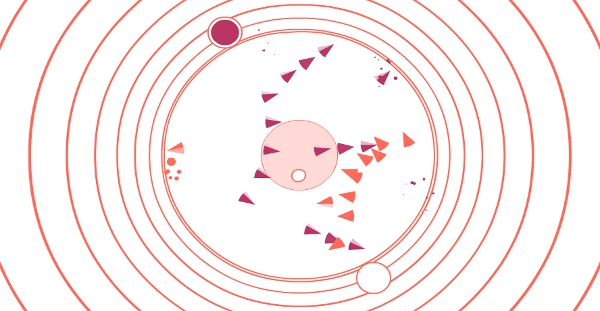




 It is said that canned salmon came about when canned food started to be fully produced in Japan. Akebono Salmon was the first canned salmon, and its design is classic canned food rather than specifically “Japanese”. If you’re wondering why there is “pink” written on the belly of the fish, it’s because it’s a pink salmon.
It is said that canned salmon came about when canned food started to be fully produced in Japan. Akebono Salmon was the first canned salmon, and its design is classic canned food rather than specifically “Japanese”. If you’re wondering why there is “pink” written on the belly of the fish, it’s because it’s a pink salmon. When the Japanese think of canned food, this is what they think of. The Japanese product name, “sea chicken” (tuna), has permeated into popular culture so much that it’s become a generic term. The name is said to derive from how the mild taste is like chicken breast.
When the Japanese think of canned food, this is what they think of. The Japanese product name, “sea chicken” (tuna), has permeated into popular culture so much that it’s become a generic term. The name is said to derive from how the mild taste is like chicken breast. While
While  What’s so good about this photo is how it really shows you what’s inside down to a tee. This is “courteous” design for consumers who won’t be let down by any disparity between the label photo and the actual contents of the can.
What’s so good about this photo is how it really shows you what’s inside down to a tee. This is “courteous” design for consumers who won’t be let down by any disparity between the label photo and the actual contents of the can. Peaches aren’t fruit that say “Japan”. But while they might not have a long history in the country, this can nonetheless gives an impression of something tradition, with its washi Japanese paper-style label, an image of a peach flower that looks like cherry blossom or Japanese plum (ume), topped off by the Kanji font. But in spite of the Japanese trimmings, for some reason “White Peaches” has to be written in English in the middle. What’s that all about?!
Peaches aren’t fruit that say “Japan”. But while they might not have a long history in the country, this can nonetheless gives an impression of something tradition, with its washi Japanese paper-style label, an image of a peach flower that looks like cherry blossom or Japanese plum (ume), topped off by the Kanji font. But in spite of the Japanese trimmings, for some reason “White Peaches” has to be written in English in the middle. What’s that all about?! This can from venerable fruit store Sembikiya has a real Eighties feel.
This can from venerable fruit store Sembikiya has a real Eighties feel. Pork and beans is not a can food that Japanese people know well. We are guessing that “BEANS” is emphasized because there’s more of it in the can than the meat. The design is modern, with photography and clean typography.
Pork and beans is not a can food that Japanese people know well. We are guessing that “BEANS” is emphasized because there’s more of it in the can than the meat. The design is modern, with photography and clean typography. With its boast that it’s “made in USA” in large letters and the photo of the corn sprouting in the wild, the design here feels really American.
With its boast that it’s “made in USA” in large letters and the photo of the corn sprouting in the wild, the design here feels really American. When you try to depict something accurately and to just the right proportions, you can at times end up with something slightly grotesque. This can has a western design feel but, perhaps due to how the English lettering is partly hidden behind the picture, it also radiates this rather peculiar, ambiguous aura where you’re not sure what country it comes from.
When you try to depict something accurately and to just the right proportions, you can at times end up with something slightly grotesque. This can has a western design feel but, perhaps due to how the English lettering is partly hidden behind the picture, it also radiates this rather peculiar, ambiguous aura where you’re not sure what country it comes from. It might well say it’s grown in Hokkaido but in design terms this just shouts “import”. It’s perhaps also connected to how in Japan it’s rare to eat canned vegetables.
It might well say it’s grown in Hokkaido but in design terms this just shouts “import”. It’s perhaps also connected to how in Japan it’s rare to eat canned vegetables. This classic corned beef product by Nozaki has a great logo in a cursive script. The retro beef illustration hasn’t changed since the cans first went on sale in 1948.
This classic corned beef product by Nozaki has a great logo in a cursive script. The retro beef illustration hasn’t changed since the cans first went on sale in 1948. When it comes to cans, you want something with a gentle taste. Especially if it’s something you will eat in an emergency, that very gentleness will help you relax for a moment. And the name here, Pankan (“bread can”), is just brilliant.
When it comes to cans, you want something with a gentle taste. Especially if it’s something you will eat in an emergency, that very gentleness will help you relax for a moment. And the name here, Pankan (“bread can”), is just brilliant. This one is REALLY simple, just the name of the product. So simple it doesn’t even feel designed; everything unnecessary has been cut out, which actually makes you trust in the product more.
This one is REALLY simple, just the name of the product. So simple it doesn’t even feel designed; everything unnecessary has been cut out, which actually makes you trust in the product more. This is a condiment made from sweet miso with sea bream. Having a condiment in a can is rare in itself, but this can also has vibrant orange coloring, rather solemn lettering, and a cute fish picture on the top — a rather curious mixture of the luxury with the cheap.
This is a condiment made from sweet miso with sea bream. Having a condiment in a can is rare in itself, but this can also has vibrant orange coloring, rather solemn lettering, and a cute fish picture on the top — a rather curious mixture of the luxury with the cheap. Here the character for saba (mackerel) is written boldly on the front of the can. The food may well be a humble dish that anyone has eaten at some point, but with the gold coloring it takes on a rather high-class look.
Here the character for saba (mackerel) is written boldly on the front of the can. The food may well be a humble dish that anyone has eaten at some point, but with the gold coloring it takes on a rather high-class look. This one is also embossed with a large character for saba. We love the rich elements here: the Kanji, the washi Japanese paper-style label, and the gold, black and red coloring all combine to create a real wa (Japanese) look.
This one is also embossed with a large character for saba. We love the rich elements here: the Kanji, the washi Japanese paper-style label, and the gold, black and red coloring all combine to create a real wa (Japanese) look. This can of sweet azuki beans just feels so rural and “handmade”. Check out the typography, like it’s been dashed off on the label with a calligraphy brush.
This can of sweet azuki beans just feels so rural and “handmade”. Check out the typography, like it’s been dashed off on the label with a calligraphy brush. You know you’ve got a winner when you use Moomin characters in the design. The copy in the bubble even claims this is “the preservative food of Moominvalley”! This is so cute you will want to use the can as a penholder after you’ve eaten the snacks inside.
You know you’ve got a winner when you use Moomin characters in the design. The copy in the bubble even claims this is “the preservative food of Moominvalley”! This is so cute you will want to use the can as a penholder after you’ve eaten the snacks inside.










 This is a short video of a Swiss Airbus A340
This is a short video of a Swiss Airbus A340


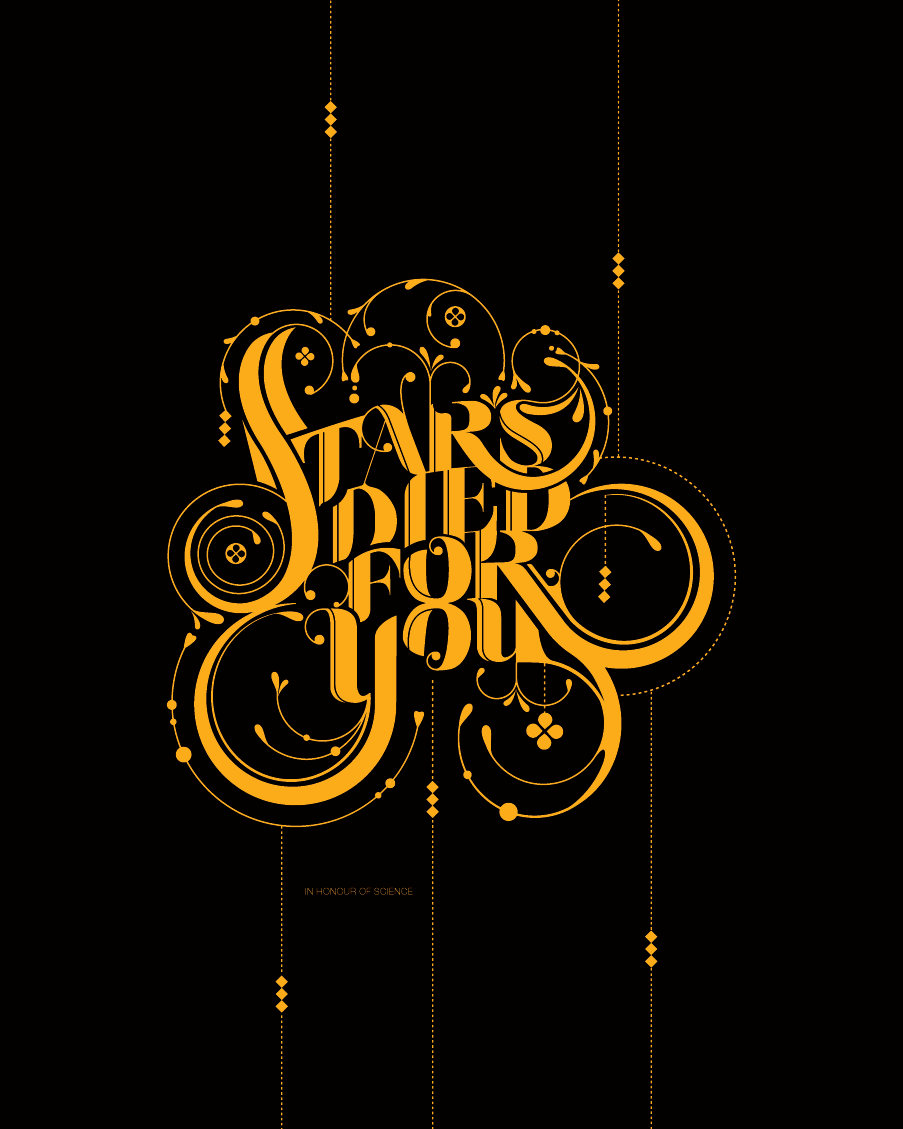
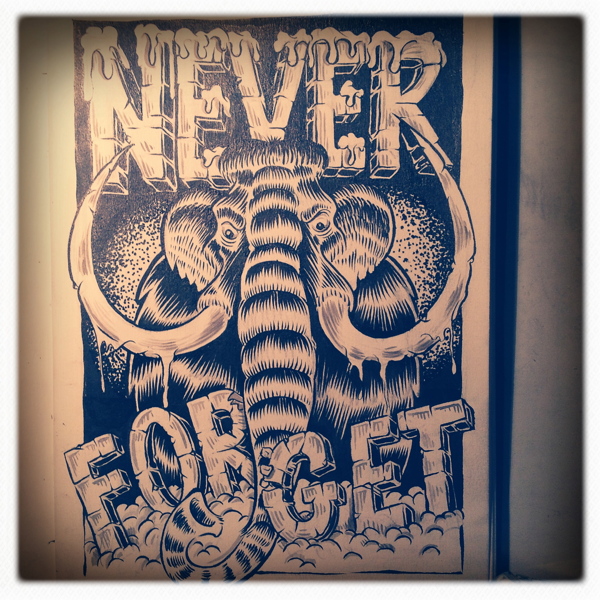
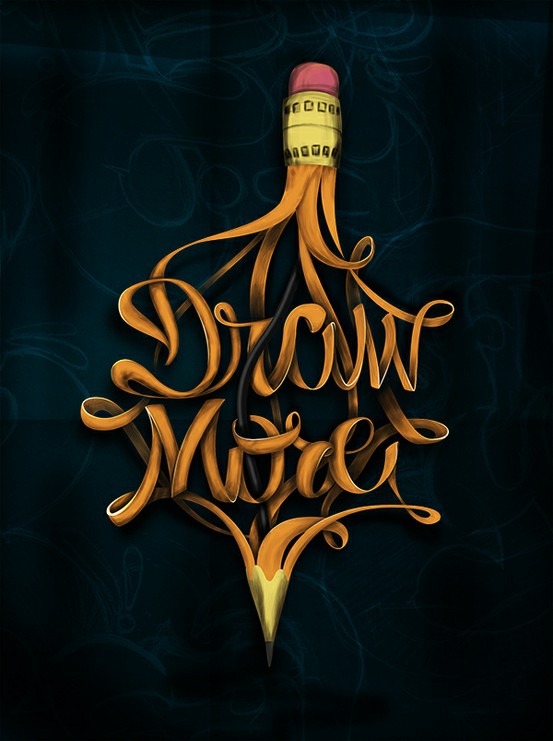
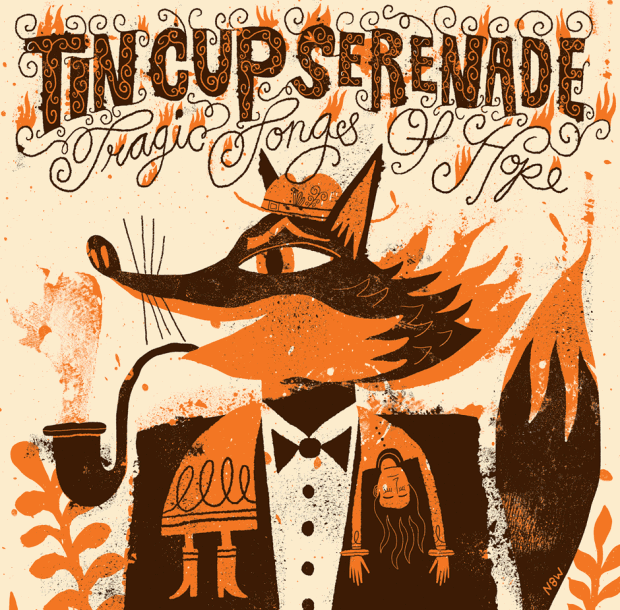

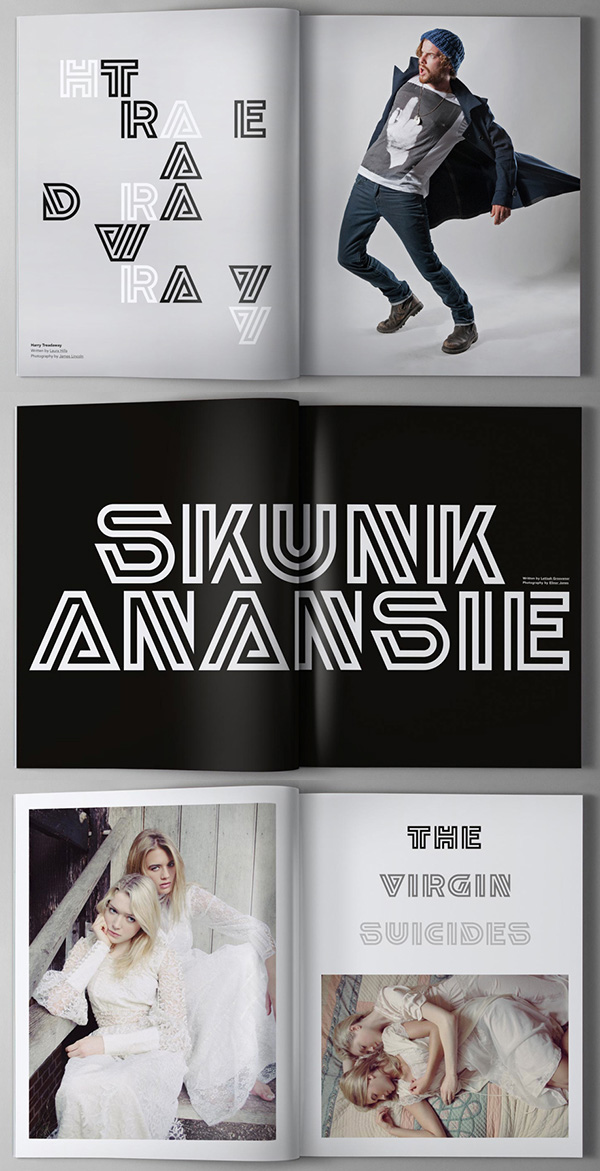
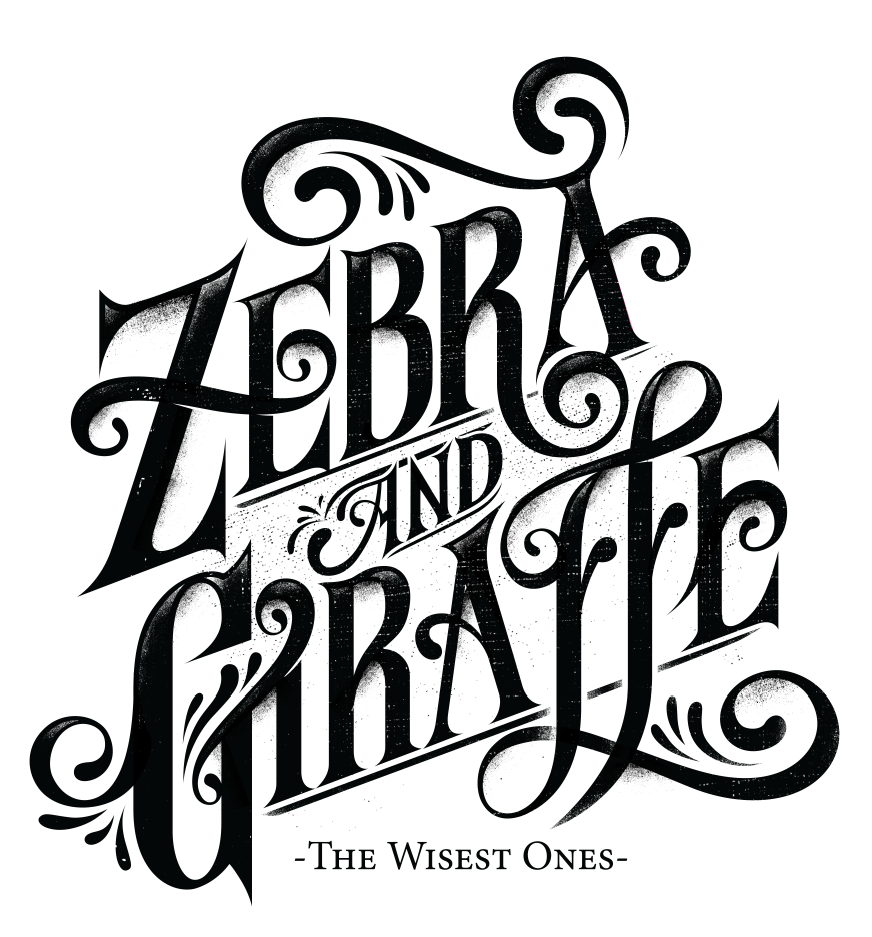
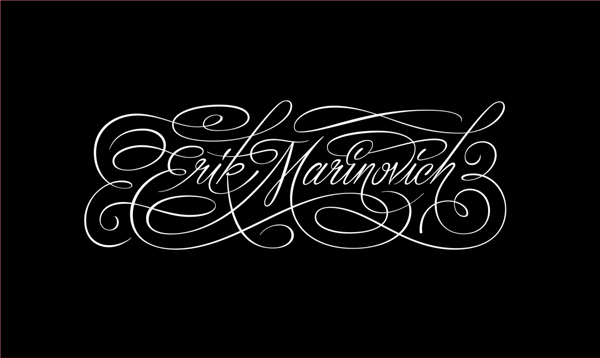
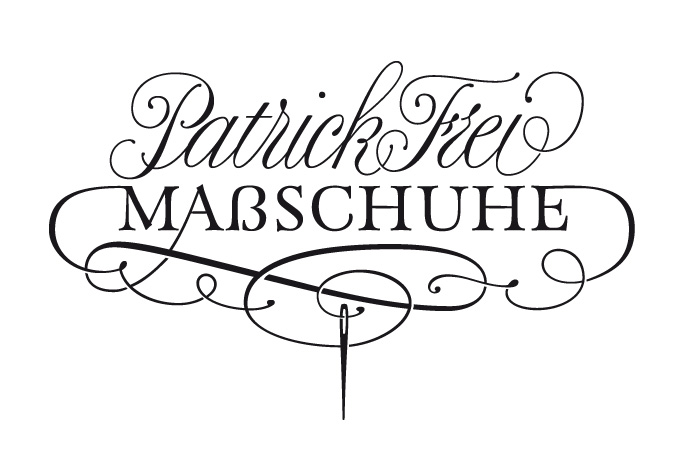
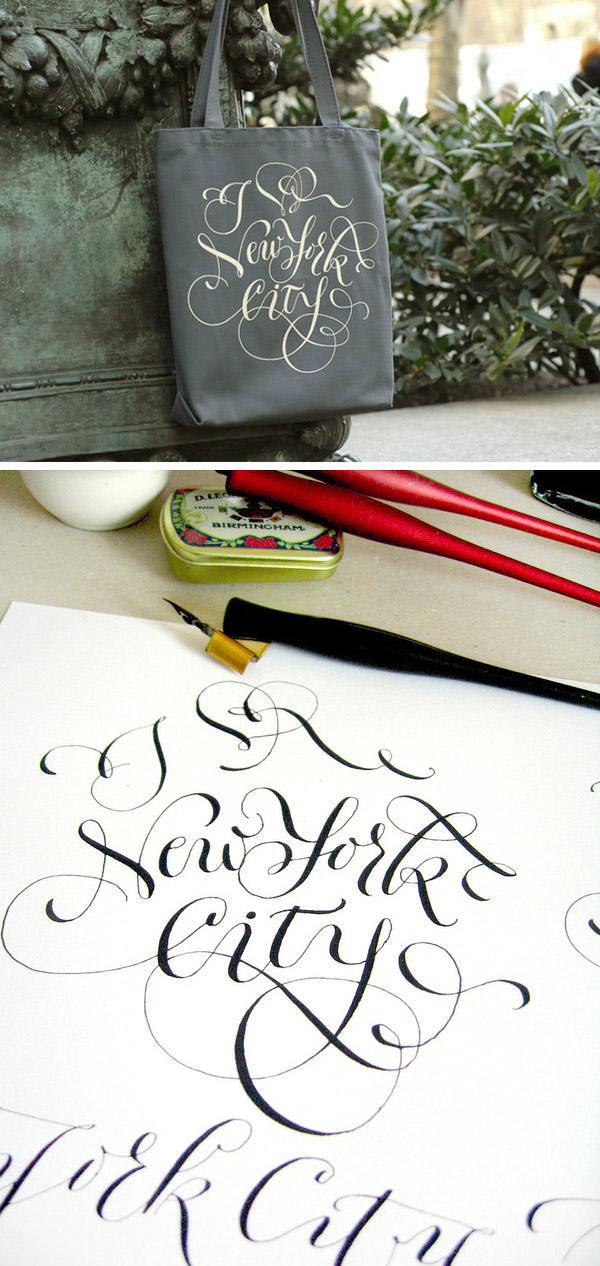
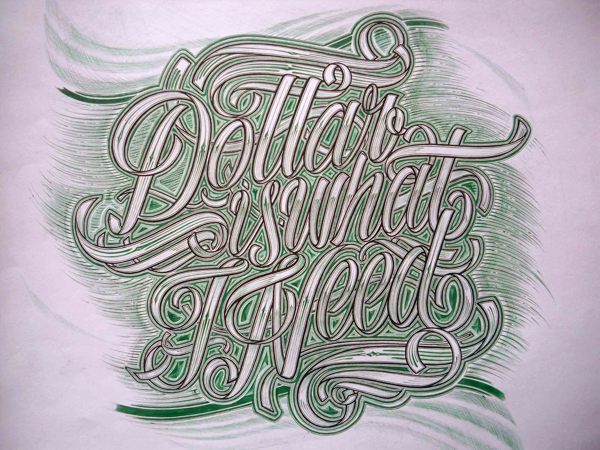
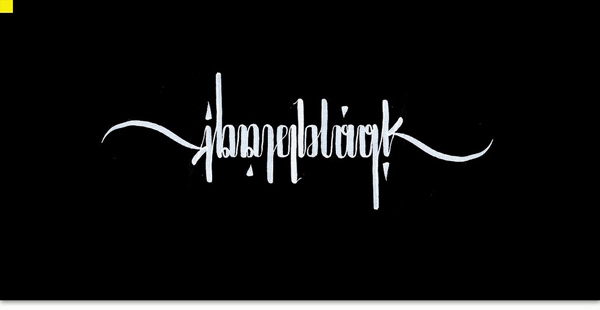
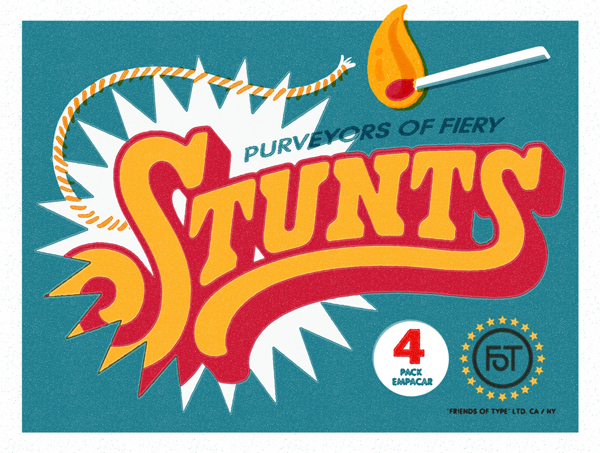
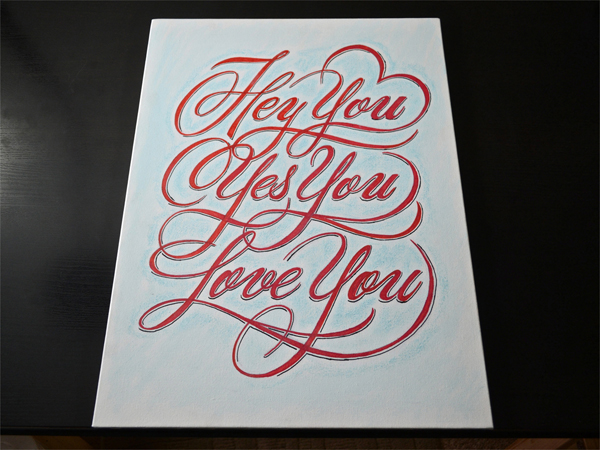
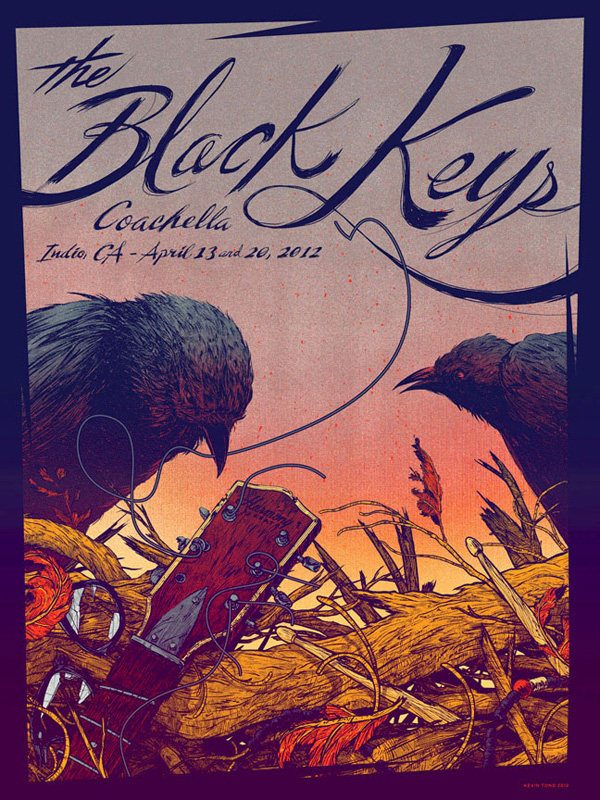
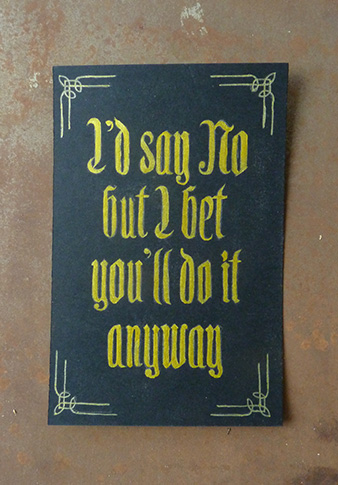
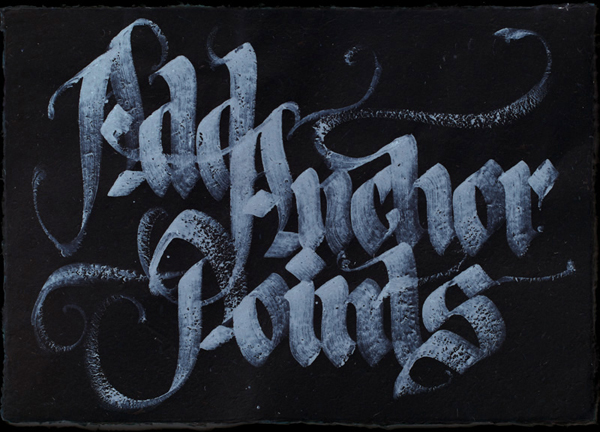
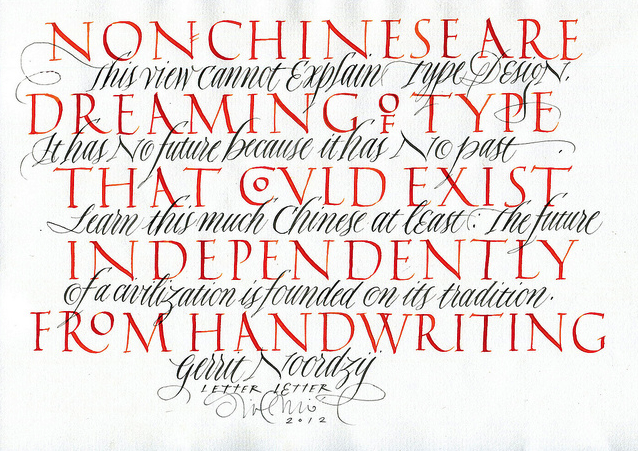

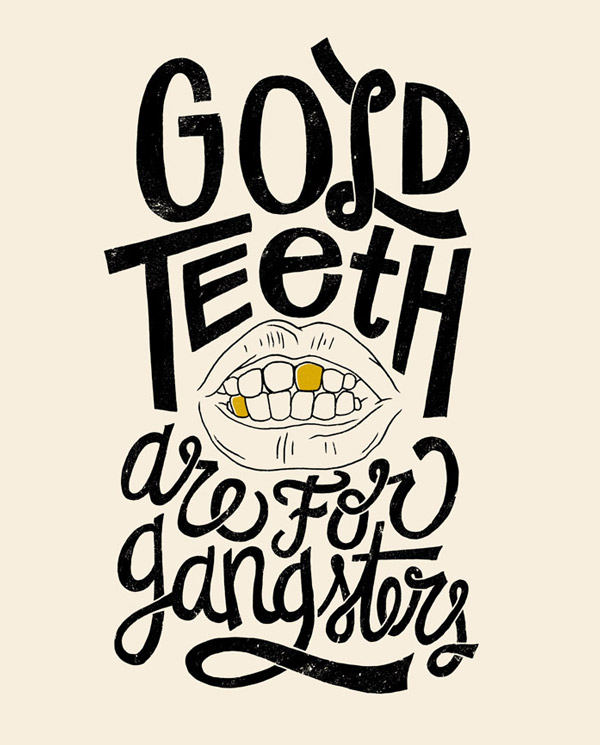
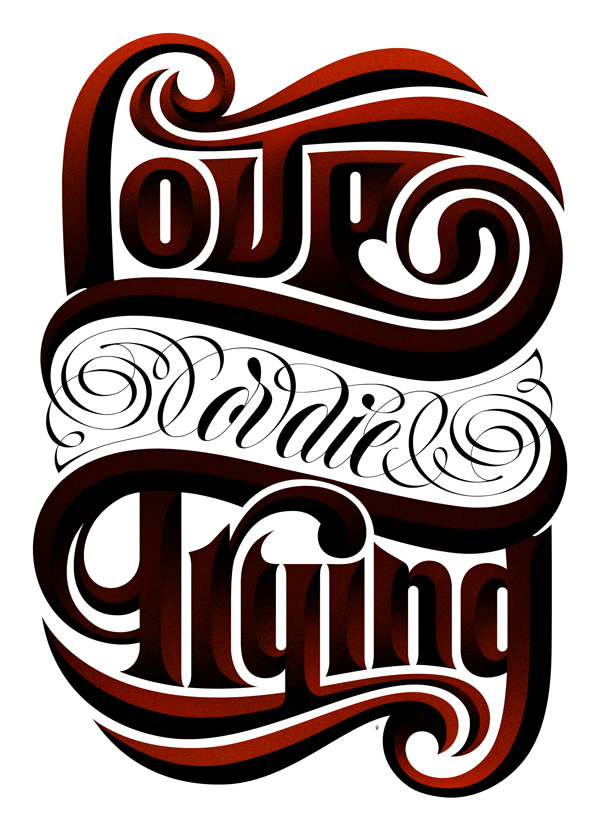












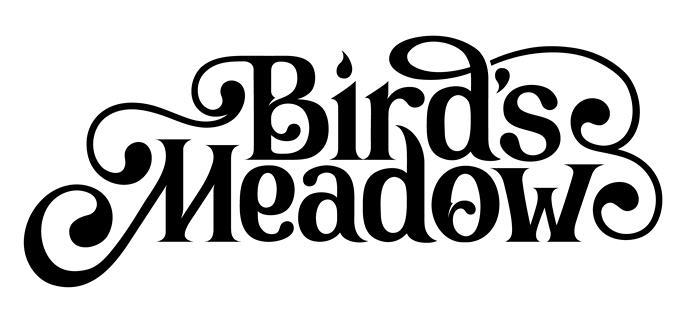

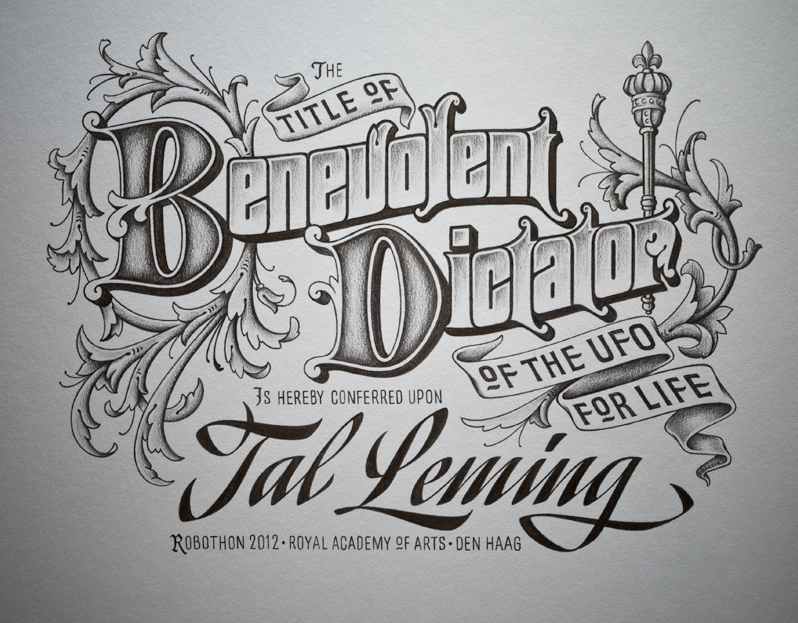
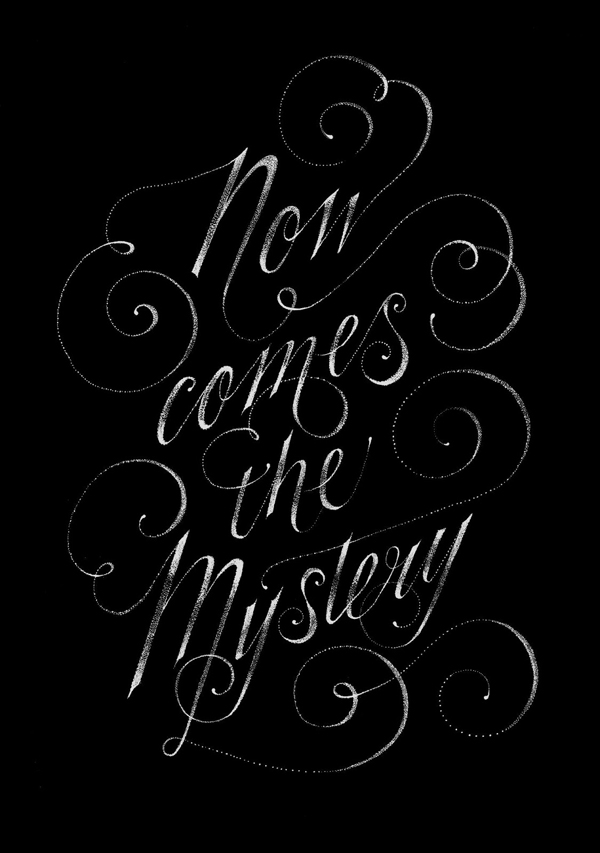
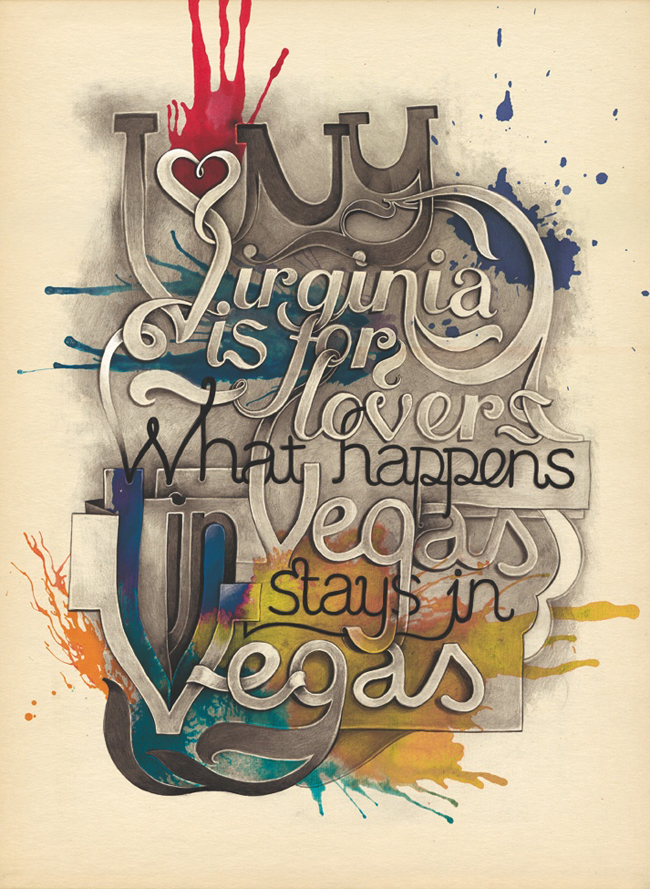

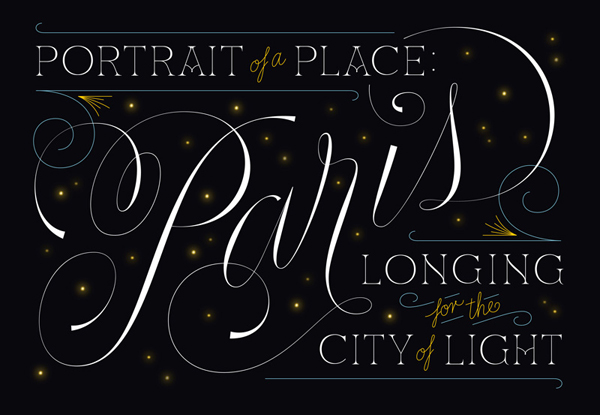
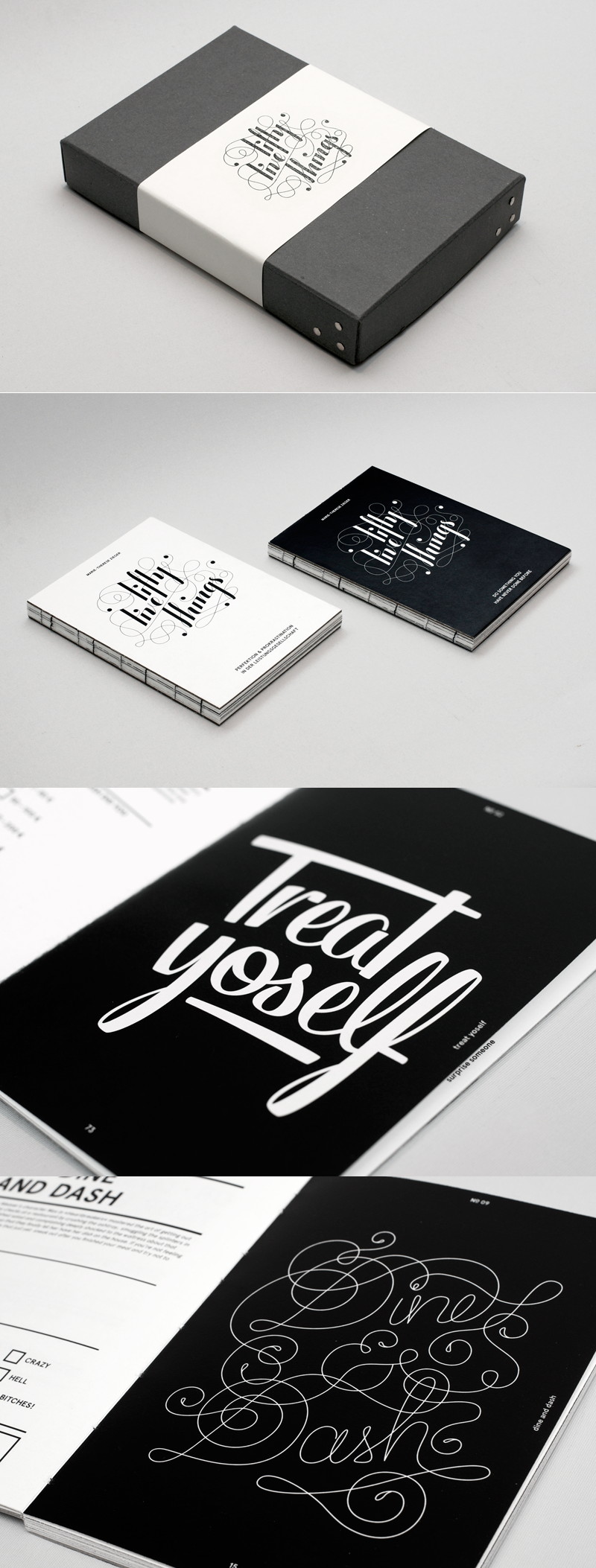
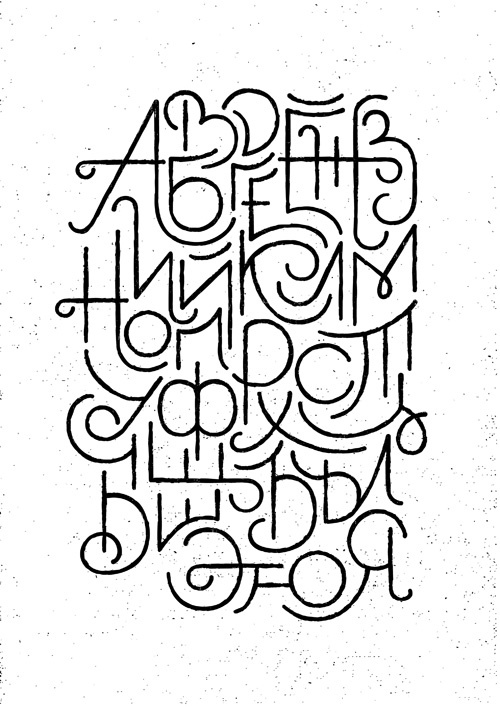

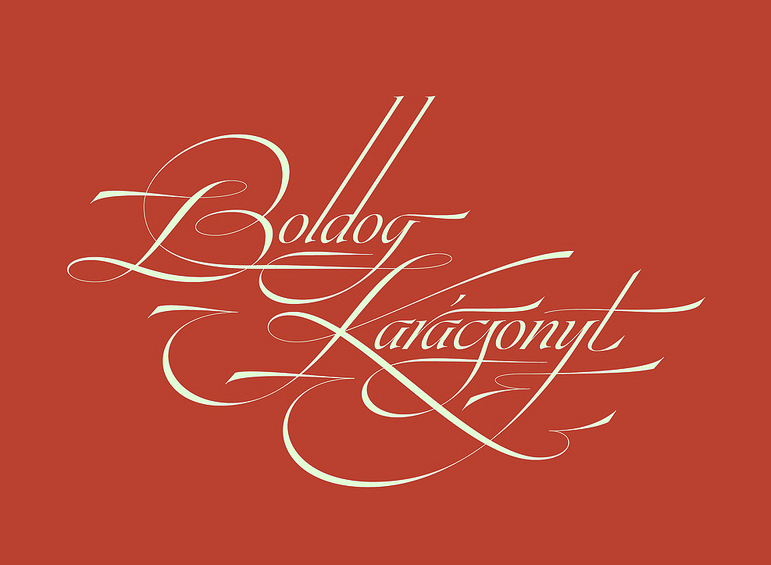

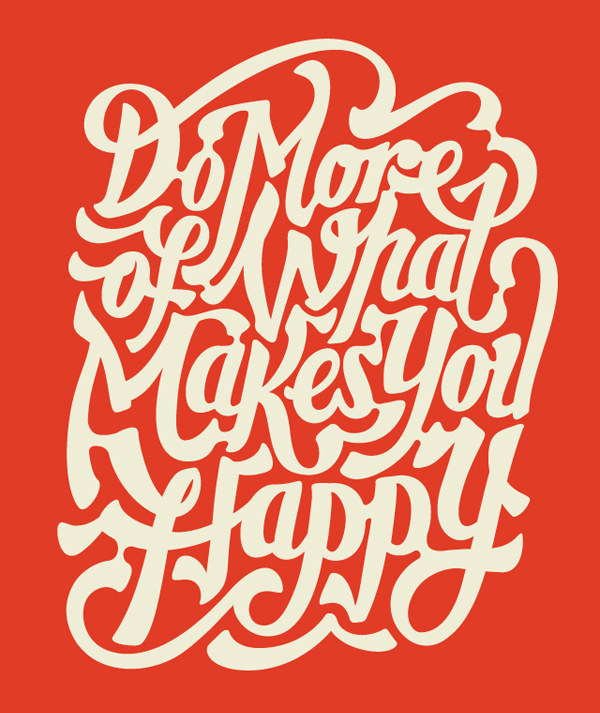

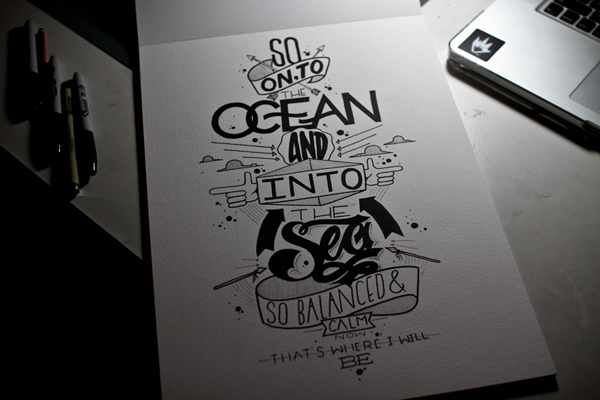


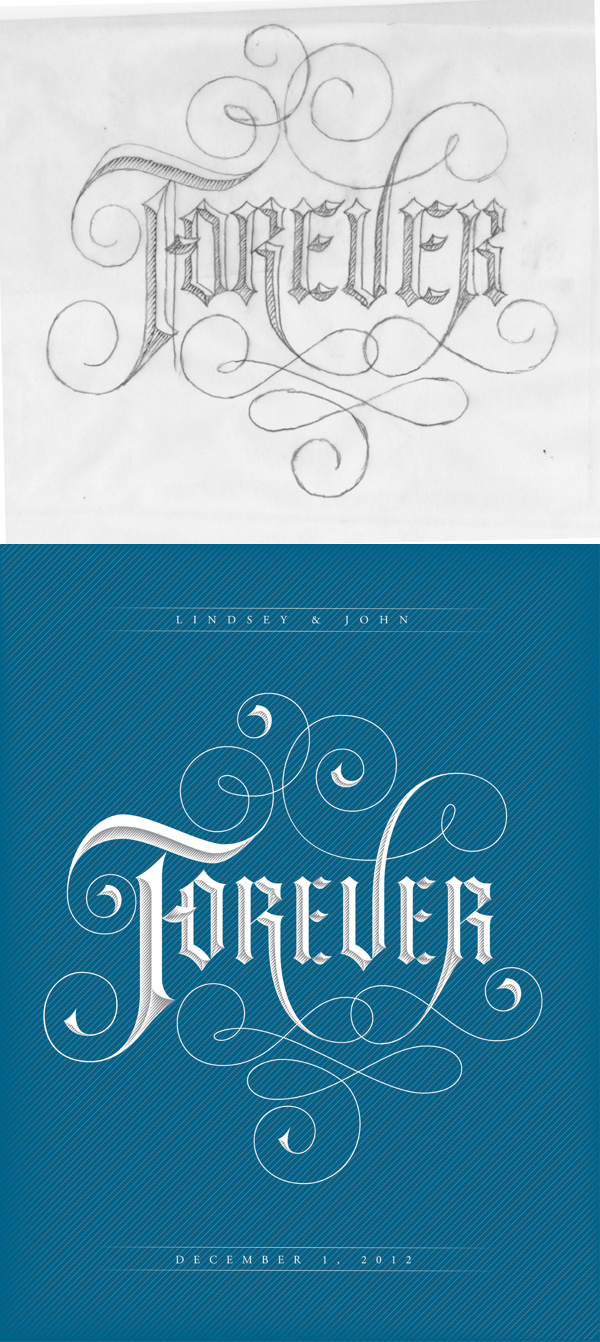
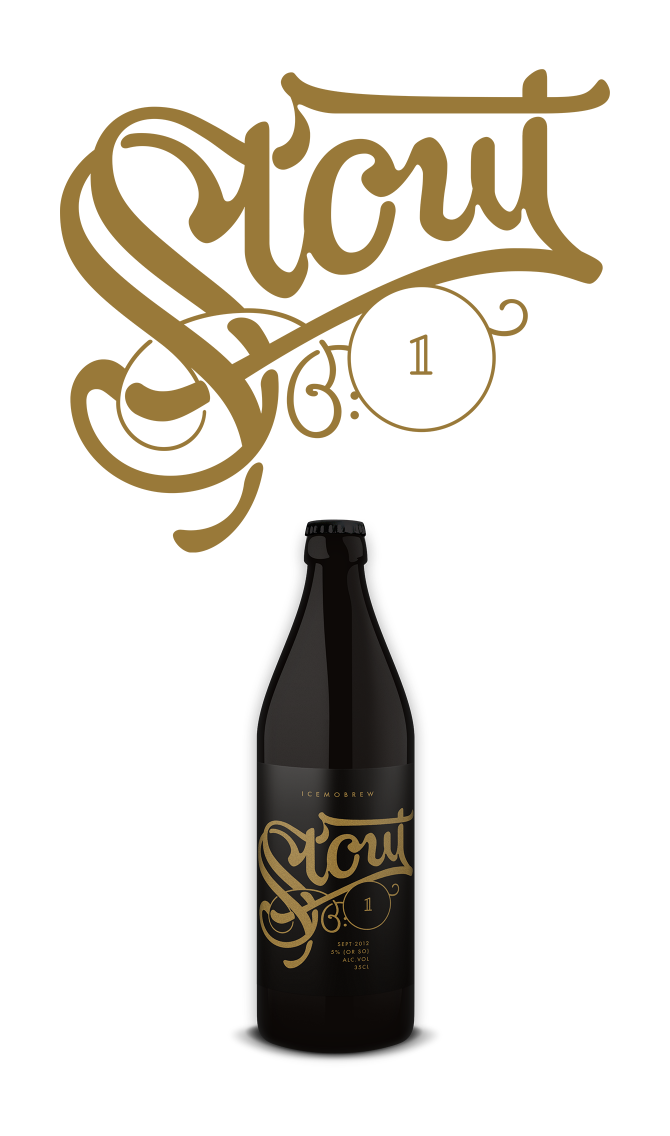

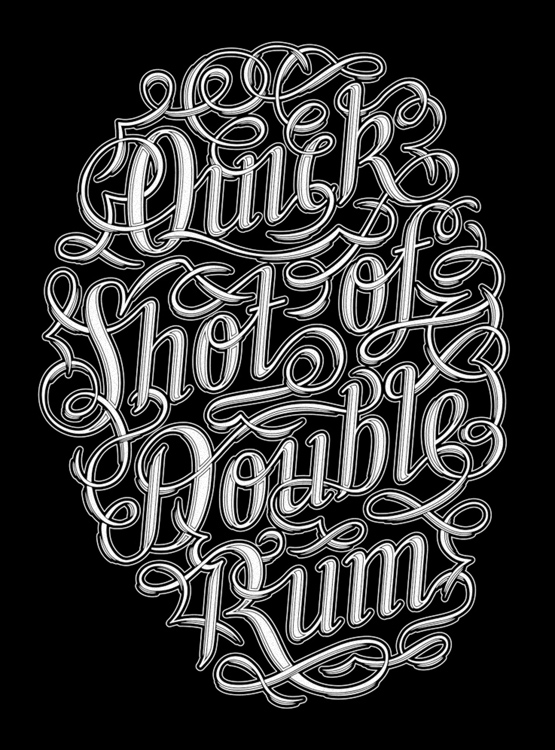
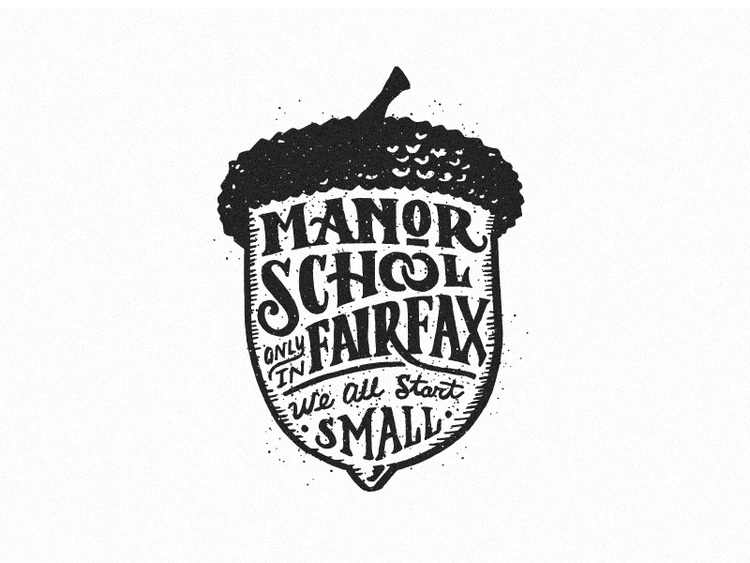
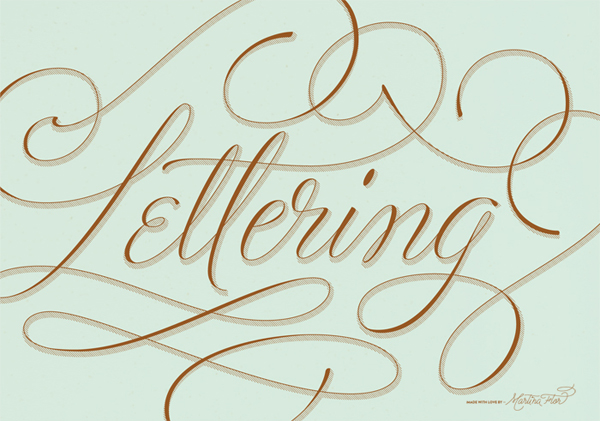
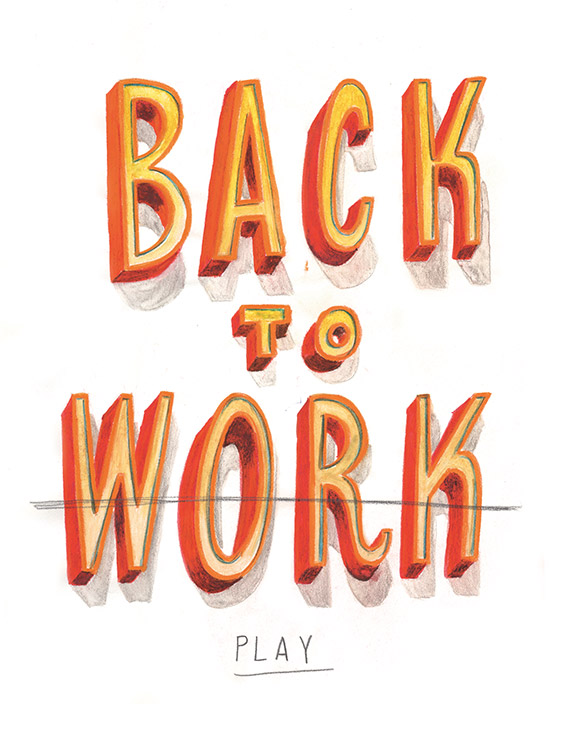


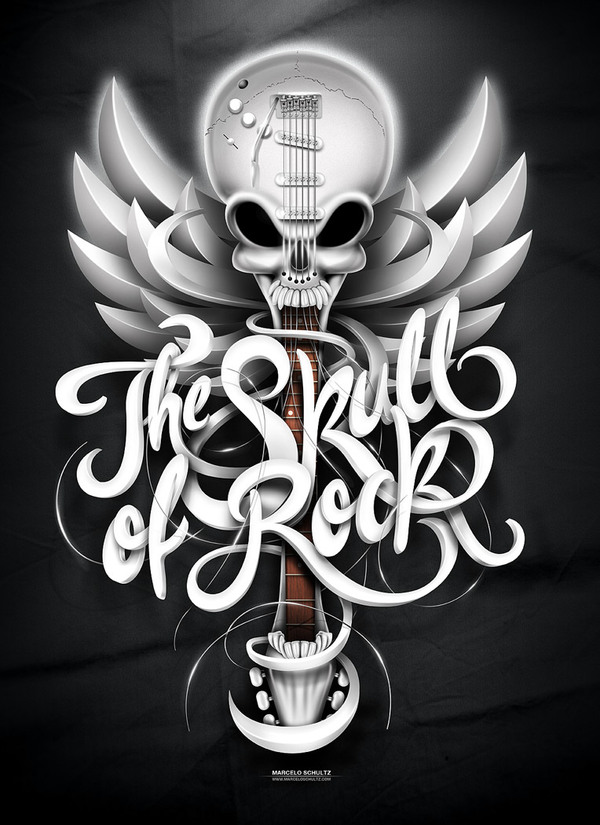

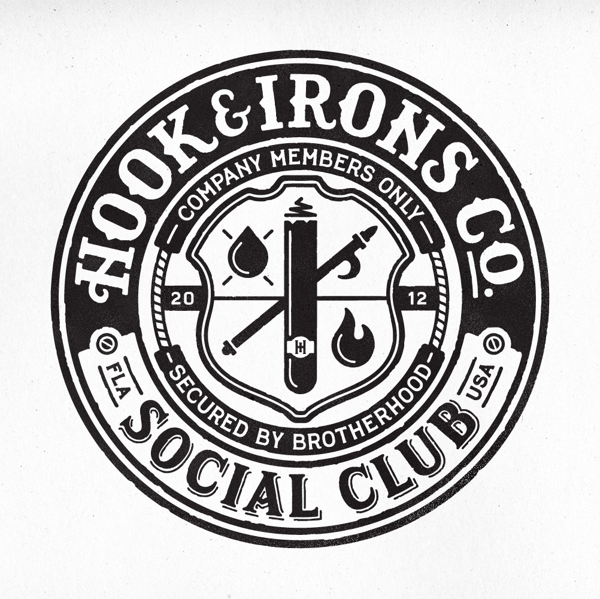
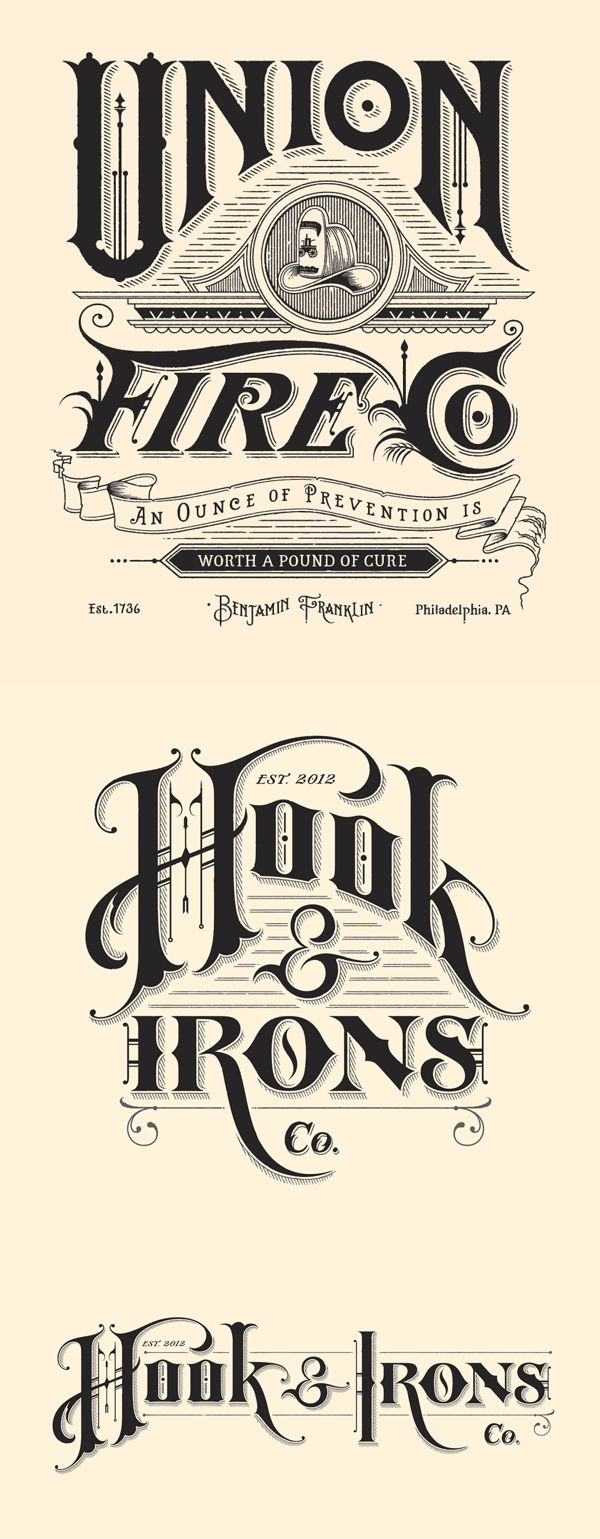










 I got messages on Flickr from some people in America and Europe. Everyone saw Japan’s danchi and then recalled their own country’s residential buildings. That was really interesting and I’m looking forward to what response I get next.
I got messages on Flickr from some people in America and Europe. Everyone saw Japan’s danchi and then recalled their own country’s residential buildings. That was really interesting and I’m looking forward to what response I get next.


 Today’s Levitation: Vietnam Wacoal Corp., Bien Hoa, Vietnam ©Natsumi Hayashi, Courtesy MEM
Today’s Levitation: Vietnam Wacoal Corp., Bien Hoa, Vietnam ©Natsumi Hayashi, Courtesy MEM 
 Today’s Levitation 05/07/2011 ©Natsumi Hayashi, Courtesy MEM
Today’s Levitation 05/07/2011 ©Natsumi Hayashi, Courtesy MEM  Today’s Levitation 05/20/2011 ©Natsumi Hayashi, Courtesy MEM
Today’s Levitation 05/20/2011 ©Natsumi Hayashi, Courtesy MEM  Today’s Levitation 06/13/2011 ©Natsumi Hayashi, Courtesy MEM
Today’s Levitation 06/13/2011 ©Natsumi Hayashi, Courtesy MEM  Today’s Levitation 06/15/2011 ©Natsumi Hayashi, Courtesy MEM
Today’s Levitation 06/15/2011 ©Natsumi Hayashi, Courtesy MEM  Today’s Levitation 06/15/2011 ©Natsumi Hayashi, Courtesy MEM
Today’s Levitation 06/15/2011 ©Natsumi Hayashi, Courtesy MEM  Today’s Levitation 06/04/2011 ©Natsumi Hayashi, Courtesy MEM
Today’s Levitation 06/04/2011 ©Natsumi Hayashi, Courtesy MEM  Today’s Levitation 05/23/2011 ©Natsumi Hayashi, Courtesy MEM
Today’s Levitation 05/23/2011 ©Natsumi Hayashi, Courtesy MEM  Today’s Levitation 05/24/2011 ©Natsumi Hayashi, Courtesy MEM
Today’s Levitation 05/24/2011 ©Natsumi Hayashi, Courtesy MEM  Today’s Levitation 06/03/2011 ©Natsumi Hayashi, Courtesy MEM
Today’s Levitation 06/03/2011 ©Natsumi Hayashi, Courtesy MEM 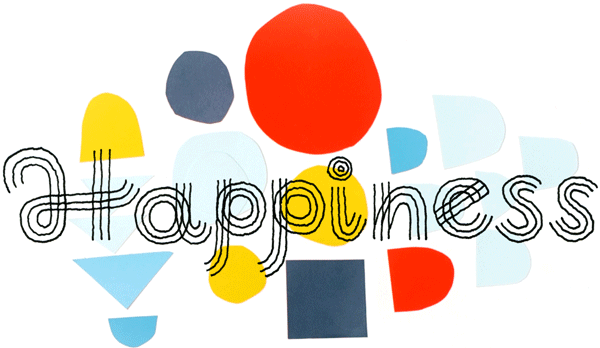


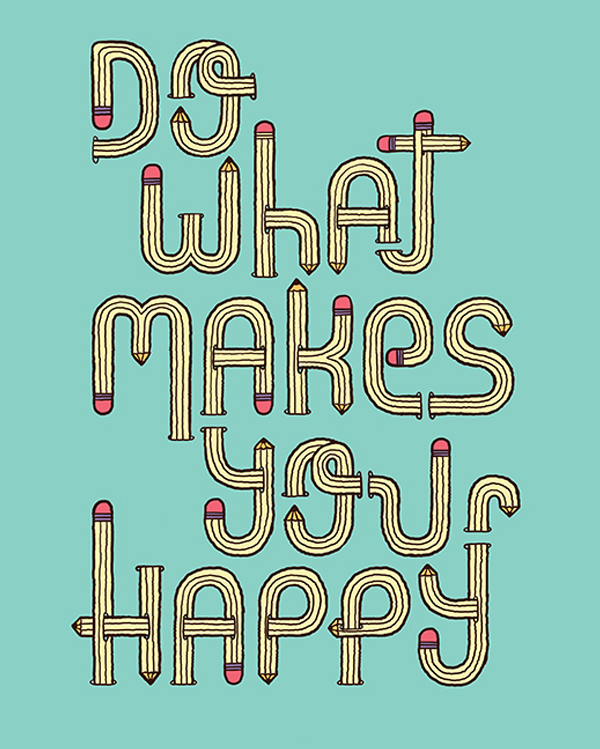
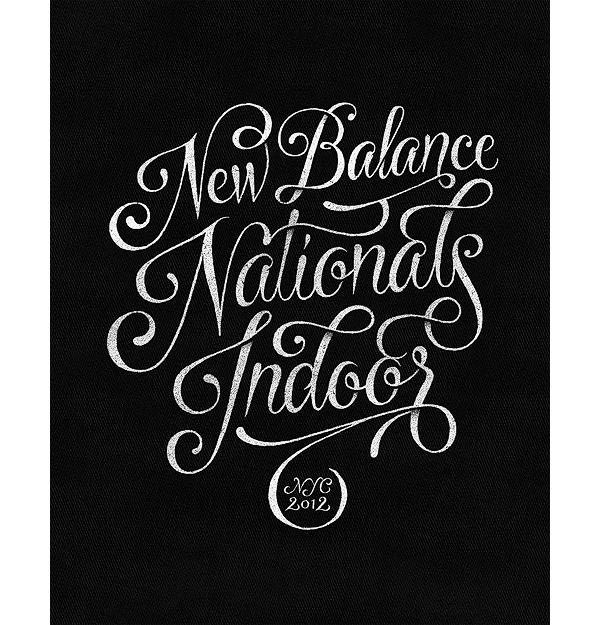

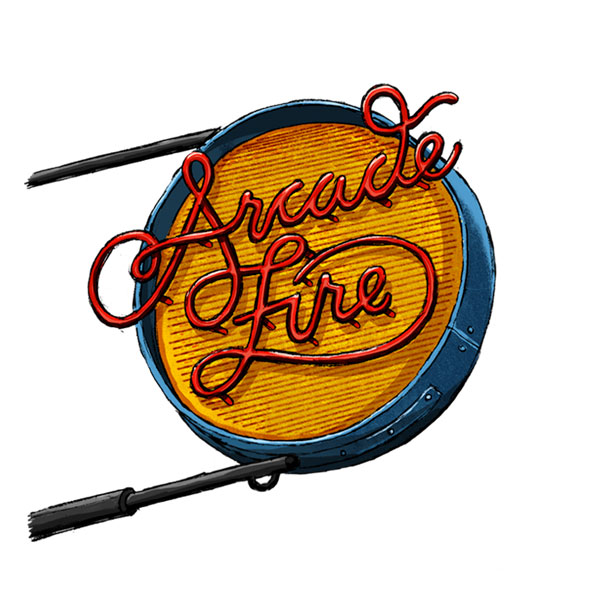
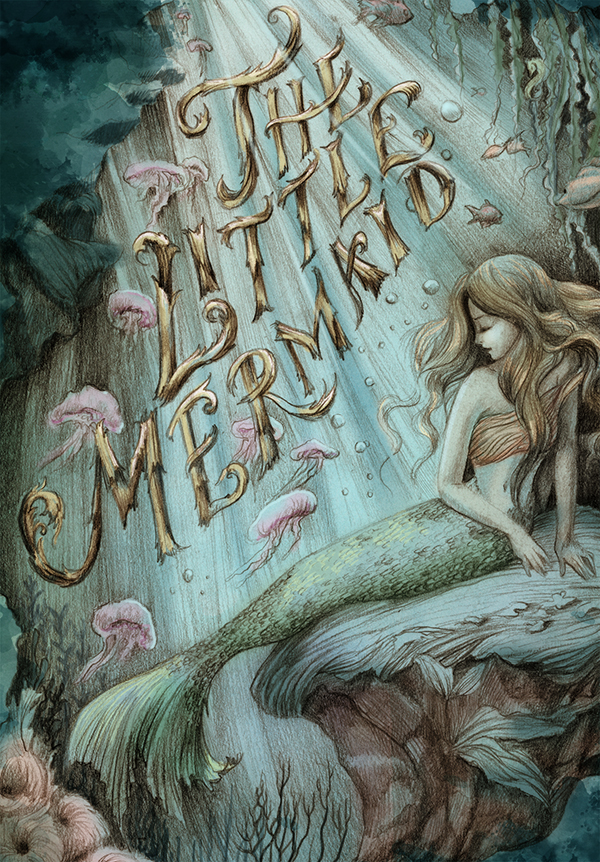
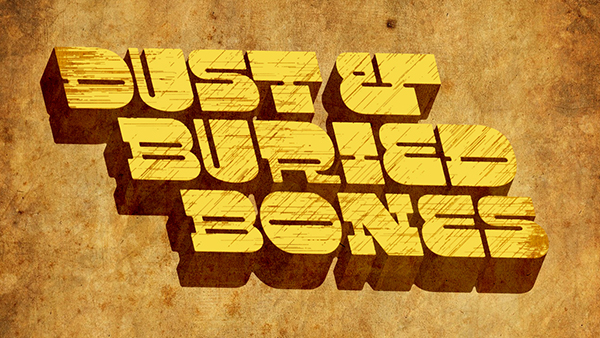

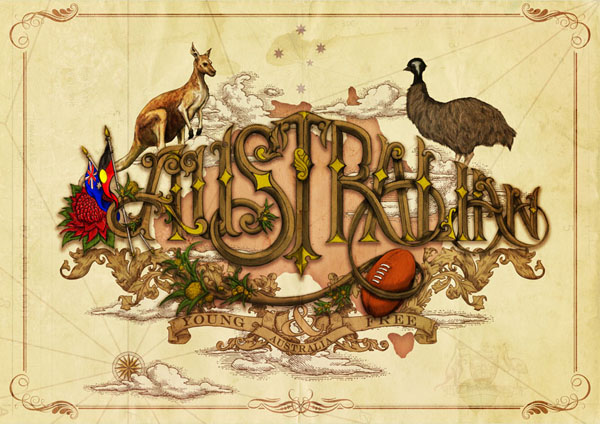
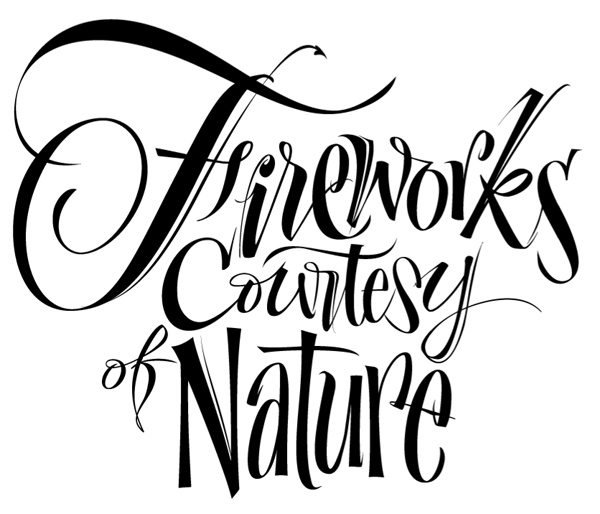
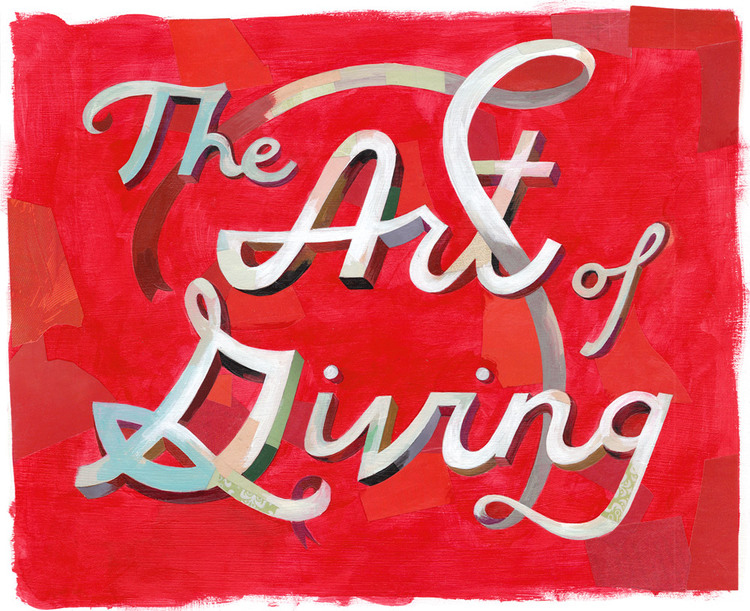
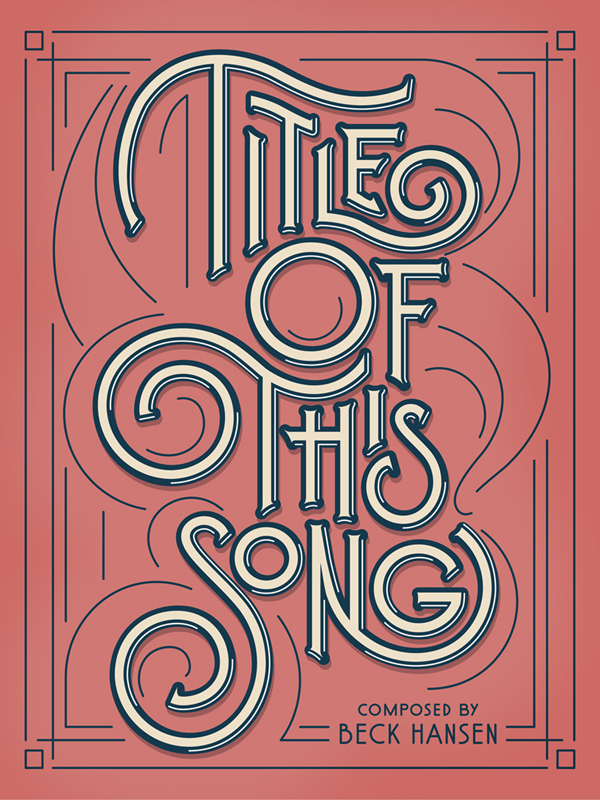

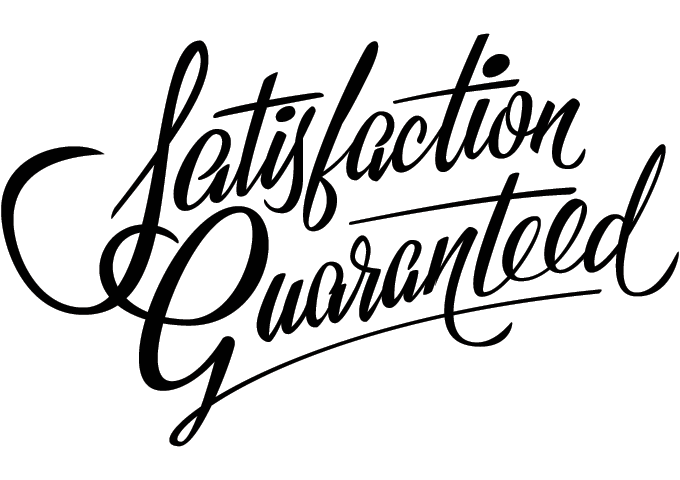
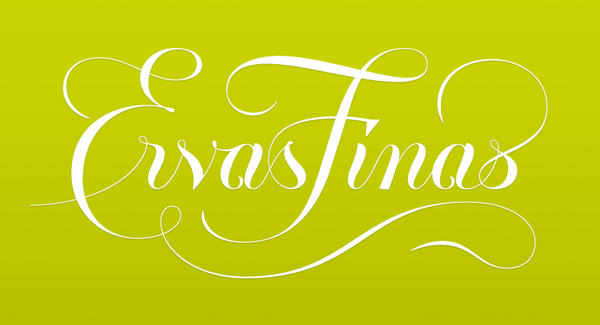
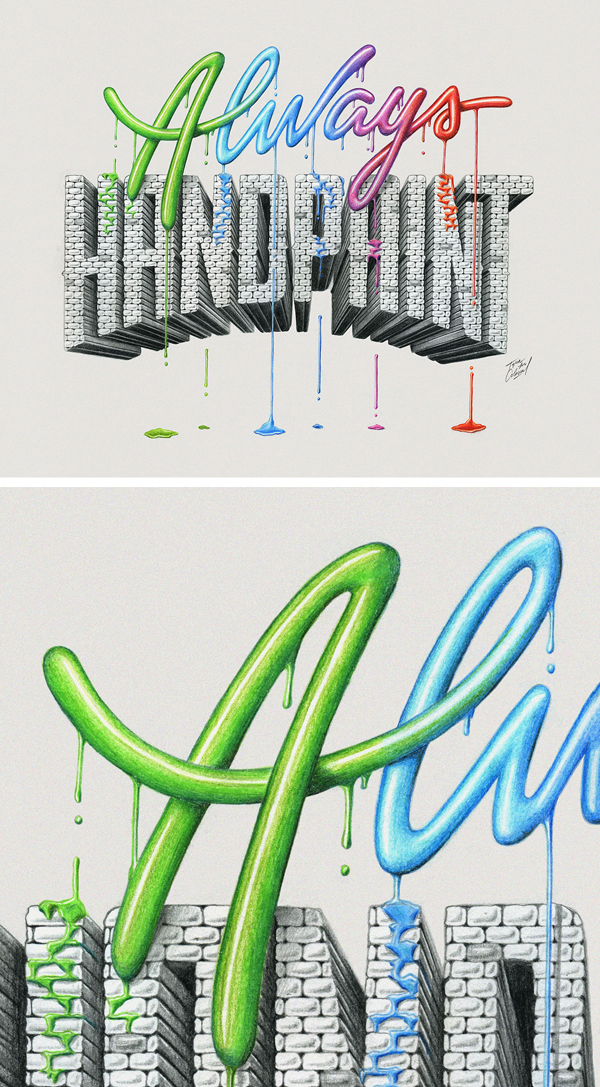

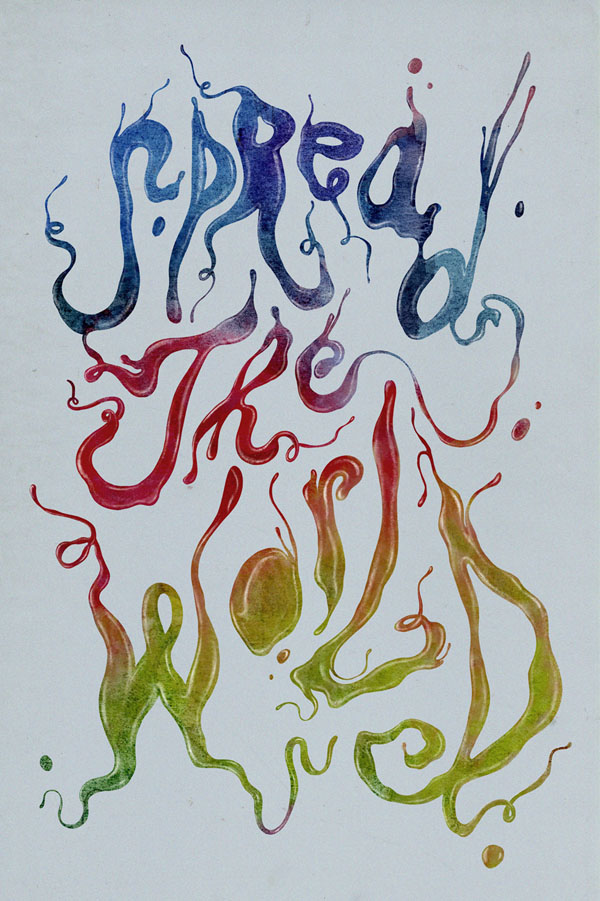
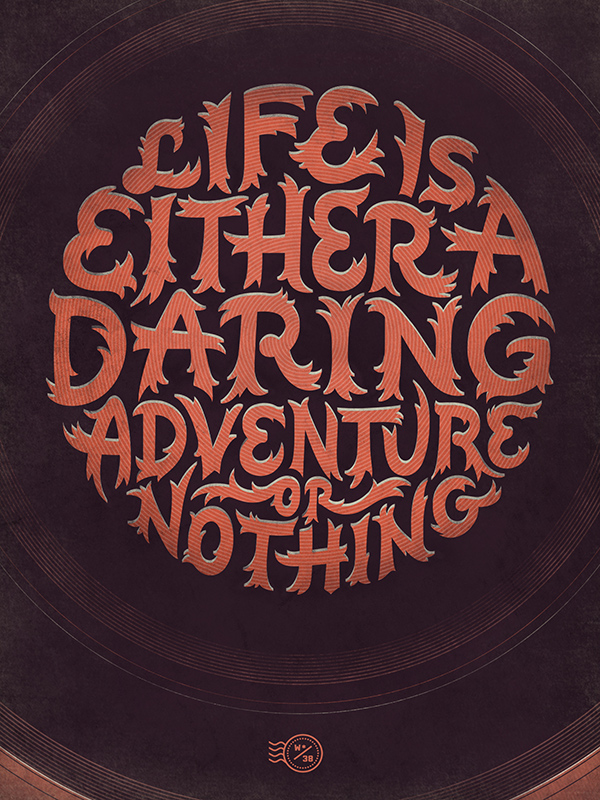
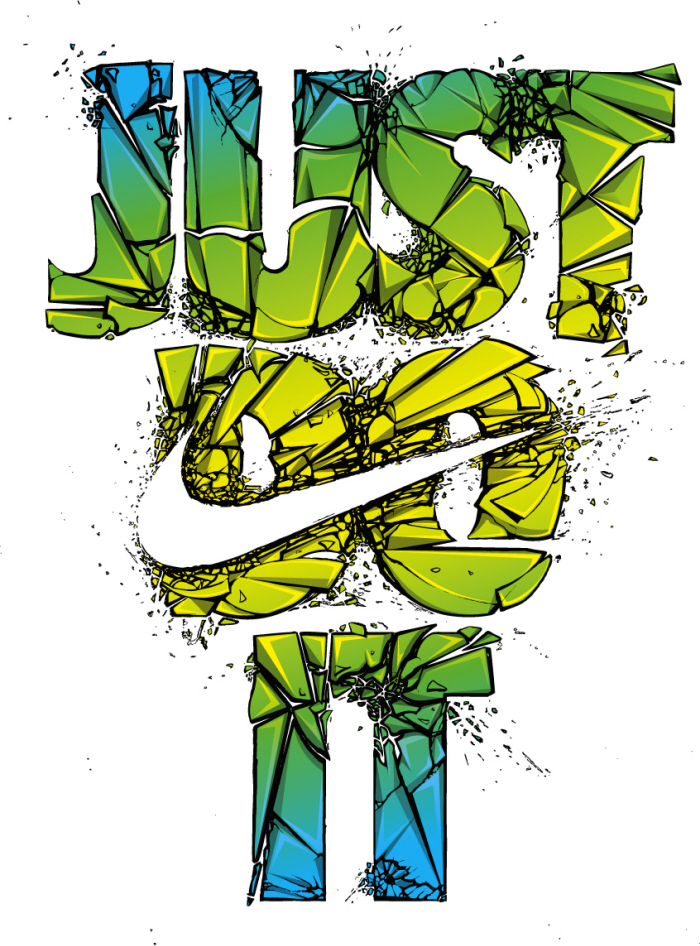
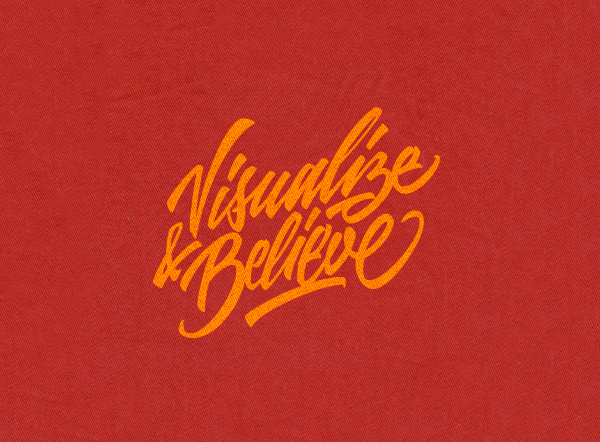
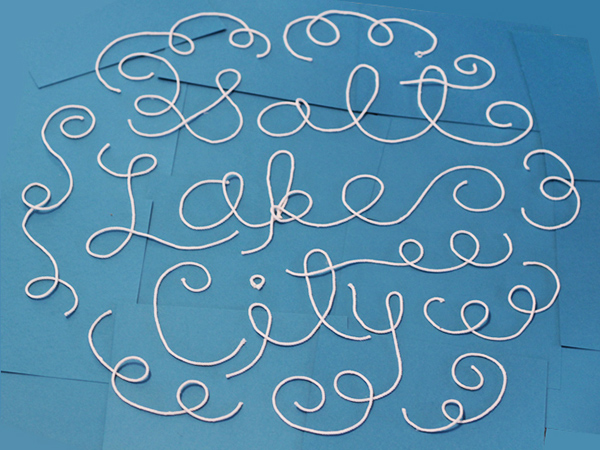
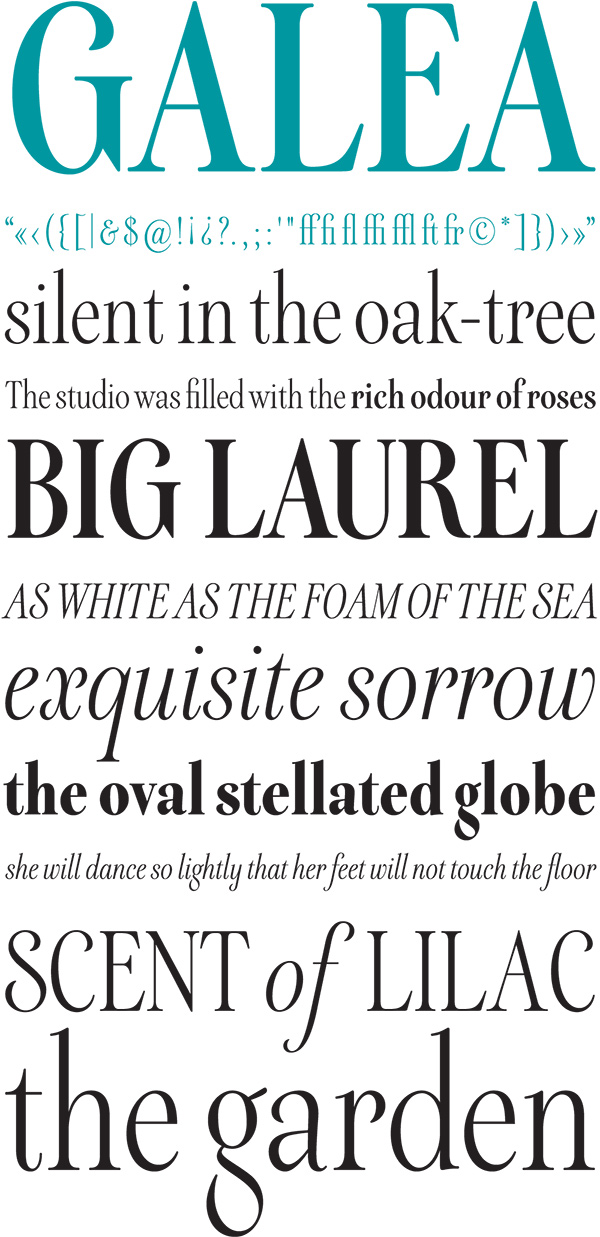
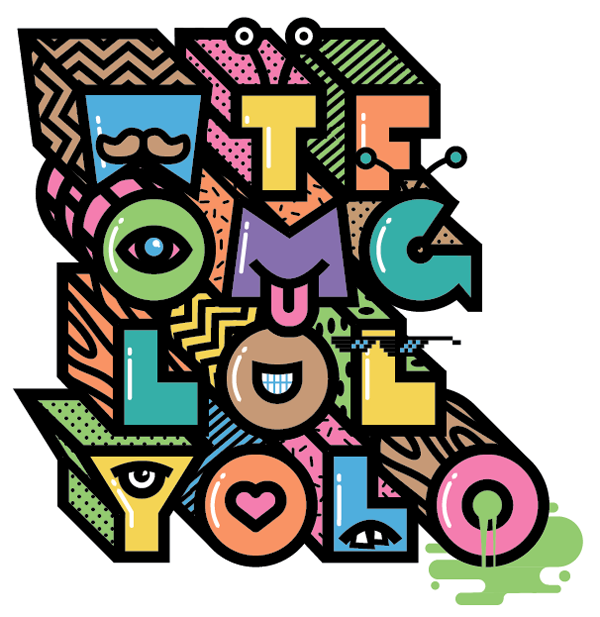
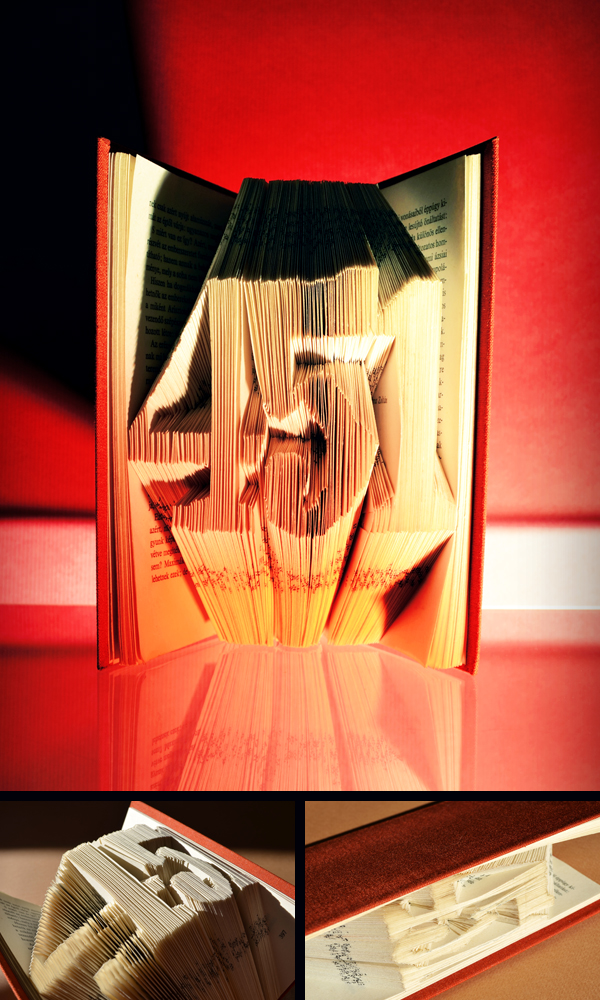

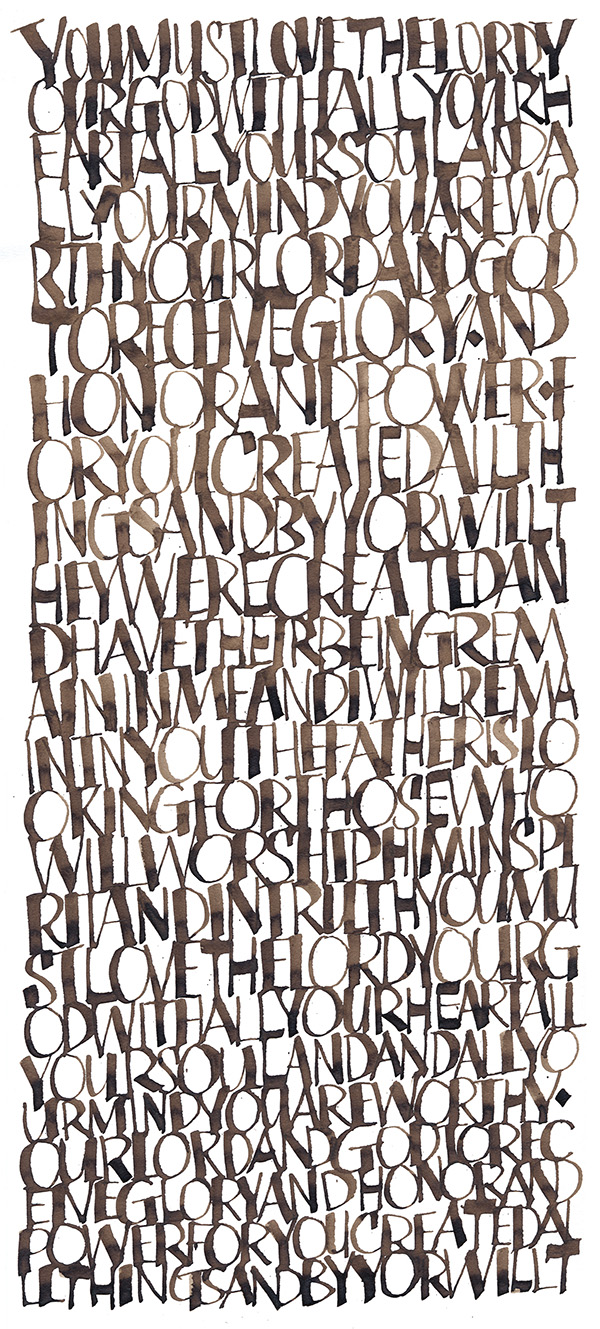
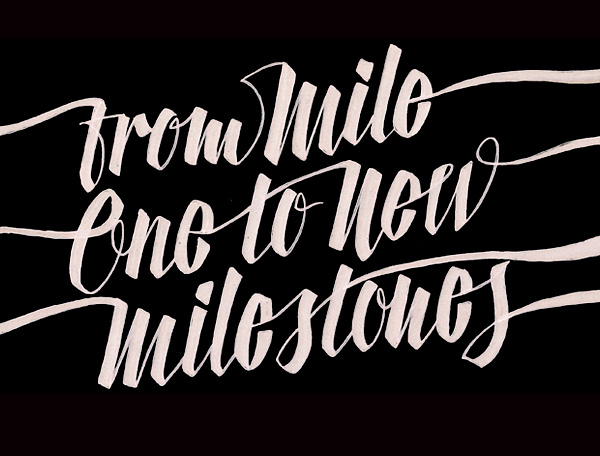












 Spread for piece on “physical gaming,” from “Amusement #3.
Spread for piece on “physical gaming,” from “Amusement #3.
 More images from the piece on “physical gaming,” from “Amusement” #3.
More images from the piece on “physical gaming,” from “Amusement” #3.
 One of the first “Pong” consoles, featured in an article in “Amusement” #3.
One of the first “Pong” consoles, featured in an article in “Amusement” #3.
 Covers to “Amusement” #1 (left) and #2.
Covers to “Amusement” #1 (left) and #2.


 Spread from “Amusement” #3.
Spread from “Amusement” #3.
 Spread for a piece on a Lara Croft model. Croft is the main character in the “Tomb Raider” games. From “Amusement” #3.
Spread for a piece on a Lara Croft model. Croft is the main character in the “Tomb Raider” games. From “Amusement” #3.
 Interview spread with Sony’s Kaz Hirai, from “Amusement” #3.
Interview spread with Sony’s Kaz Hirai, from “Amusement” #3.
